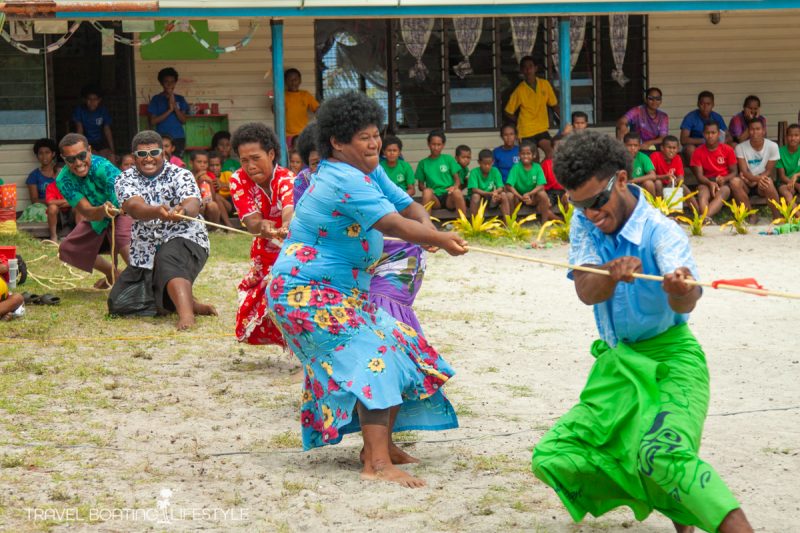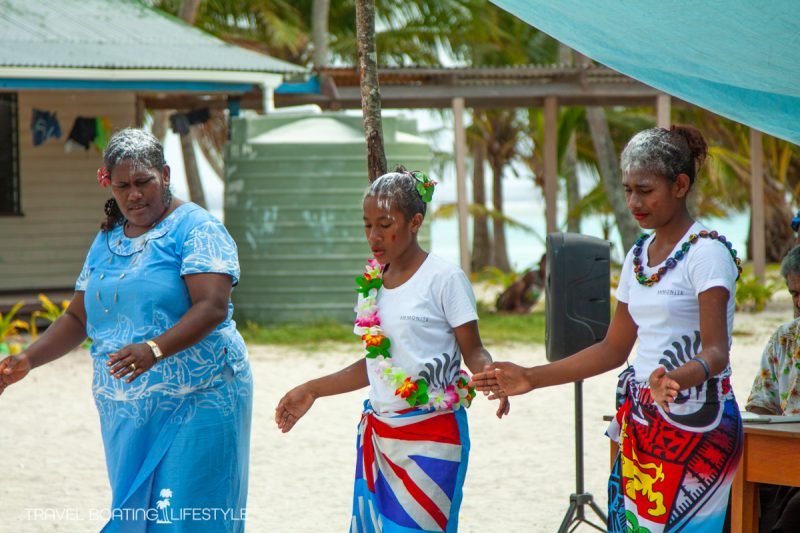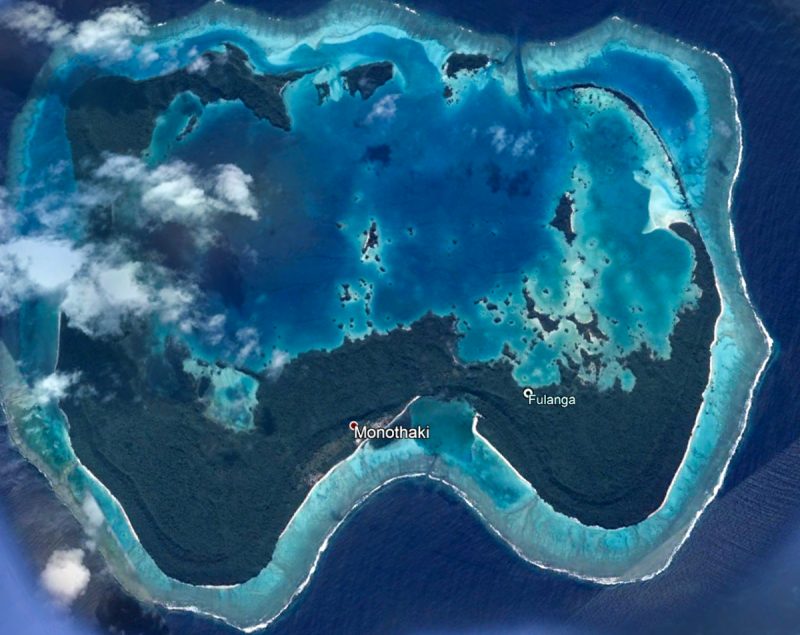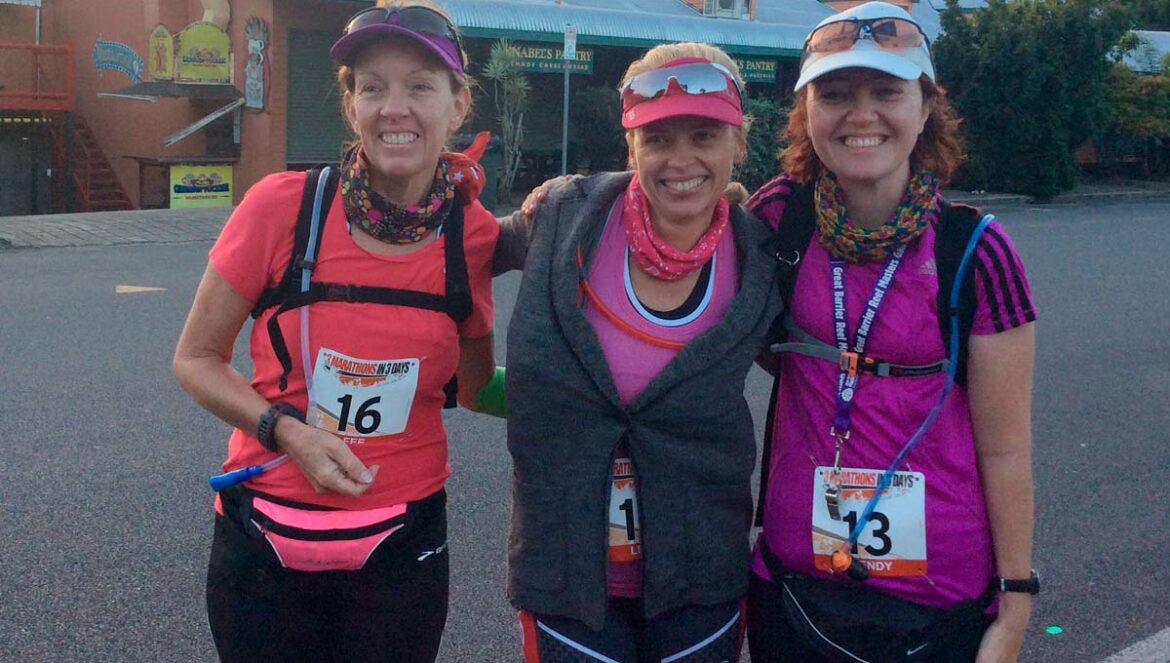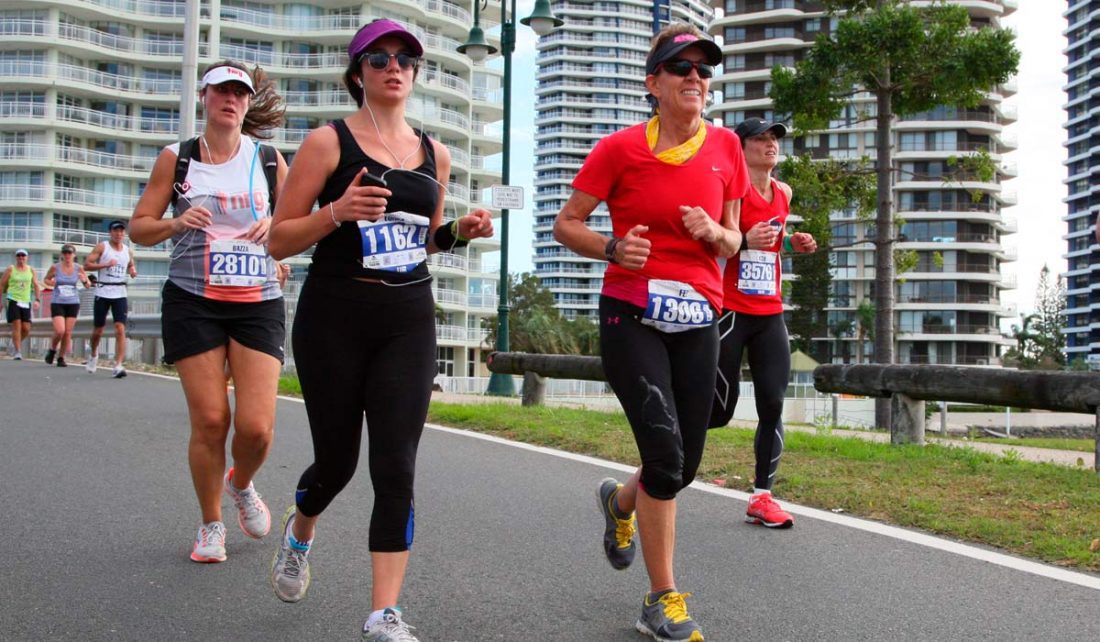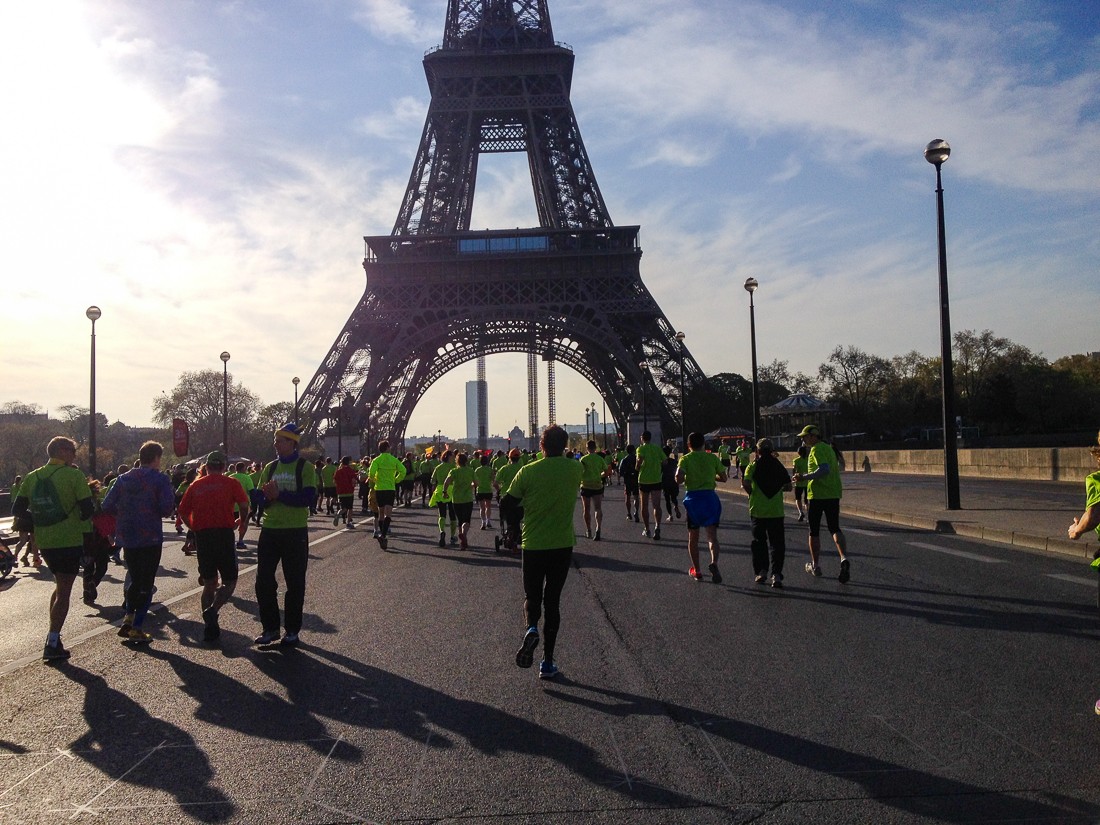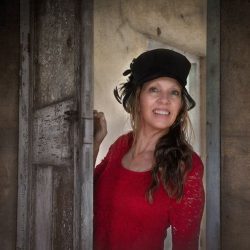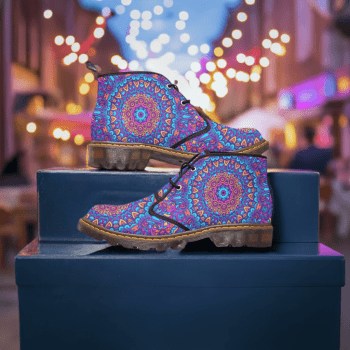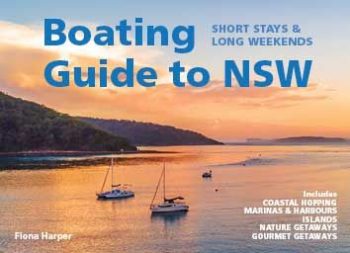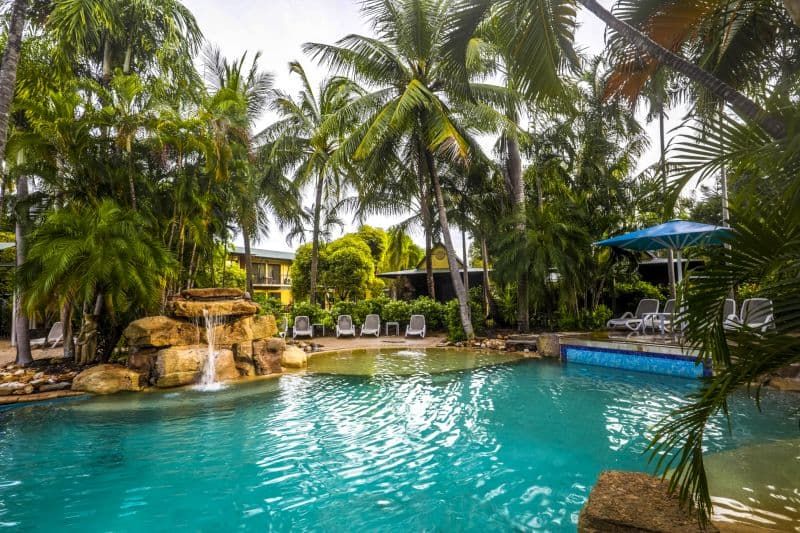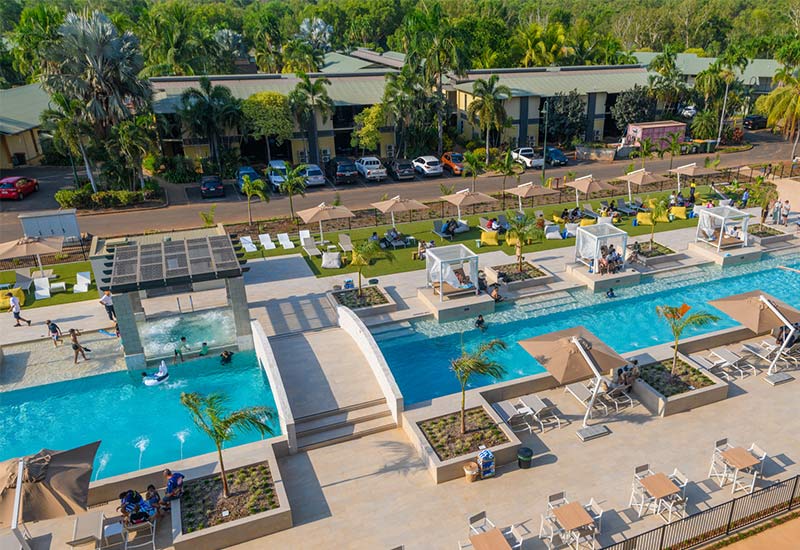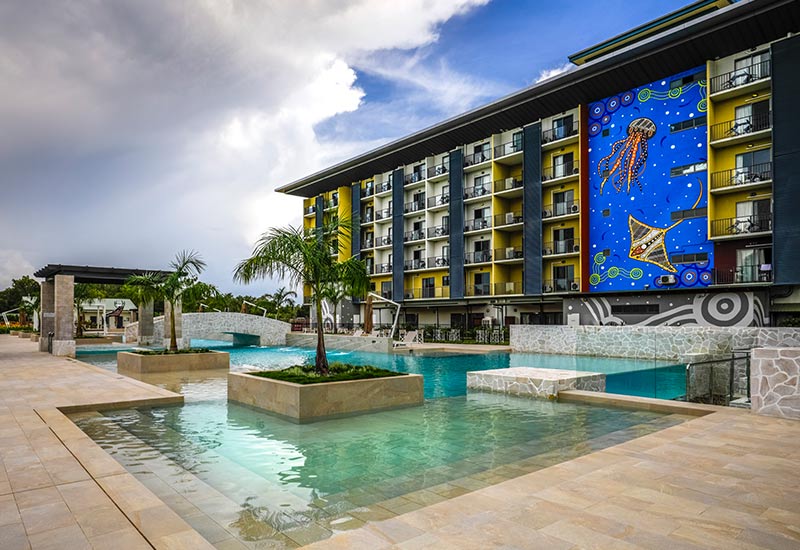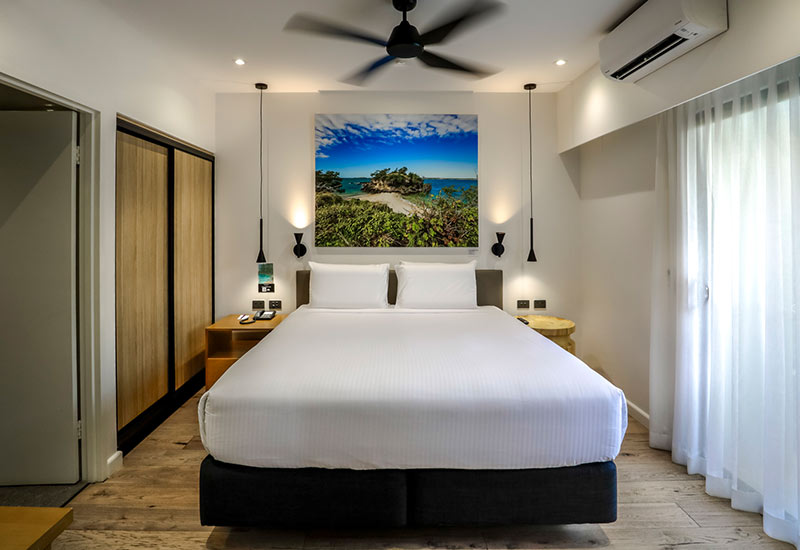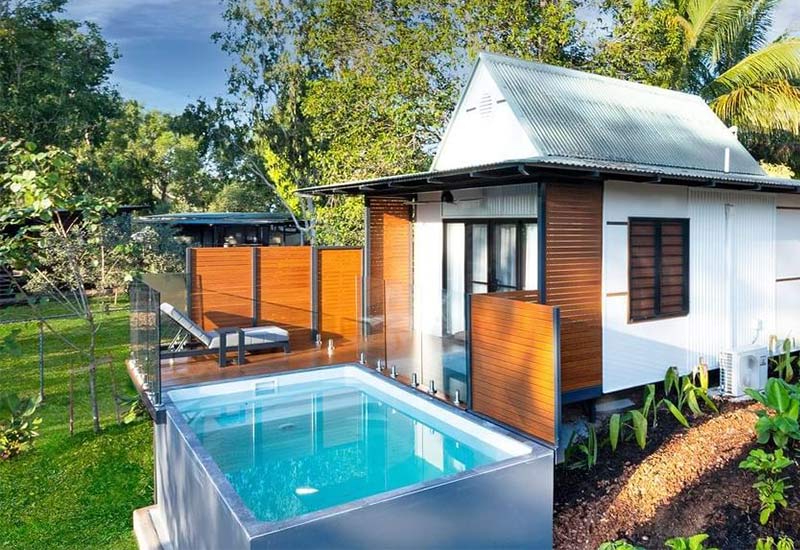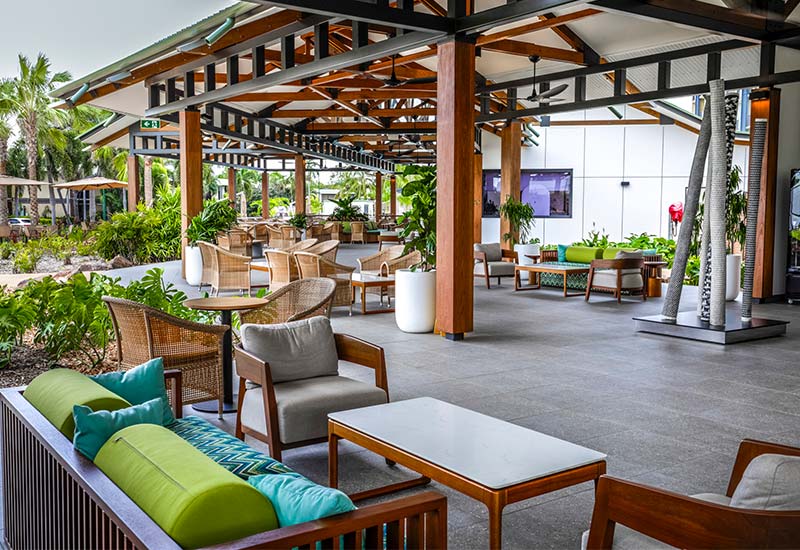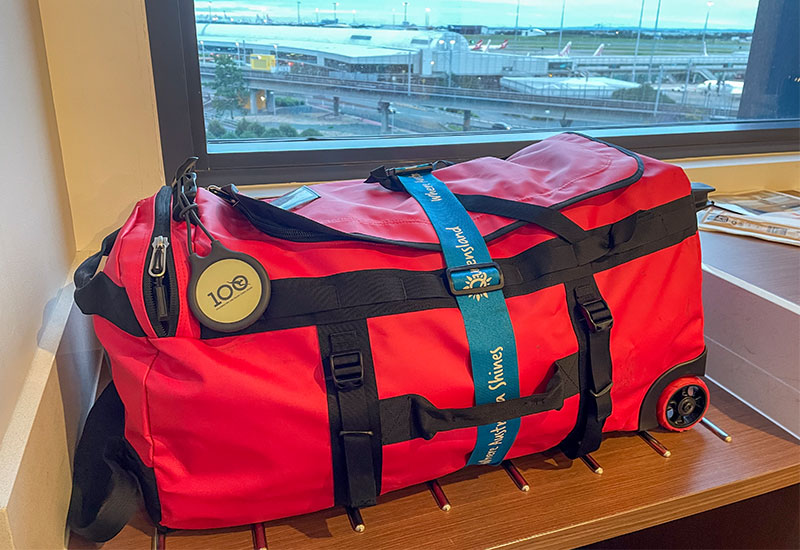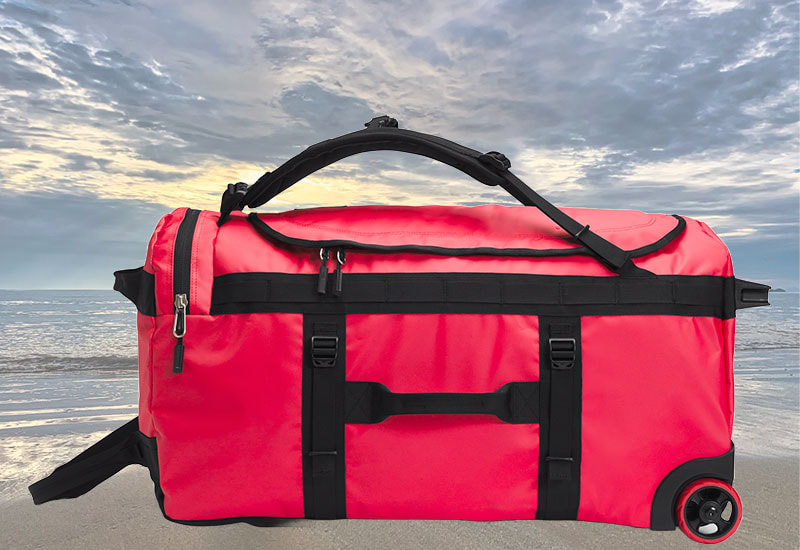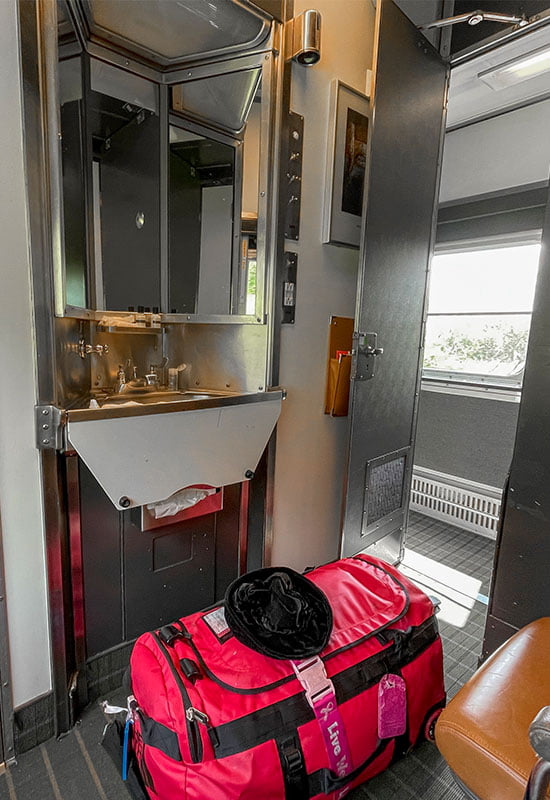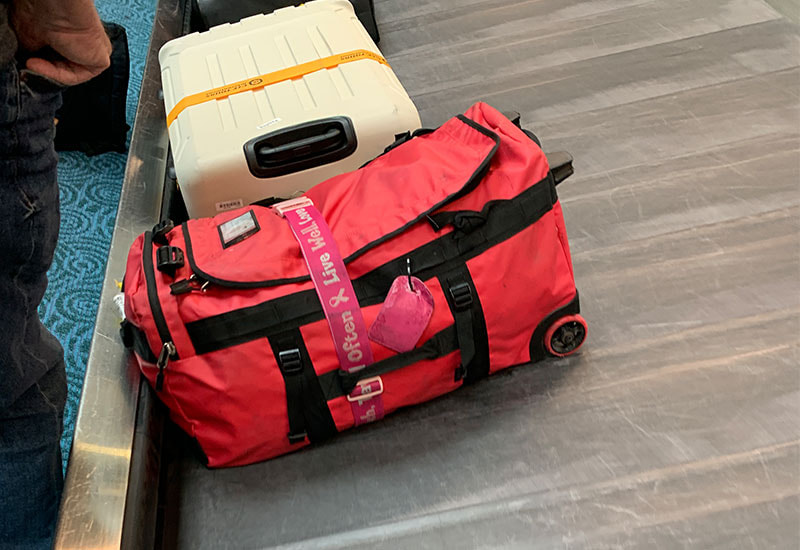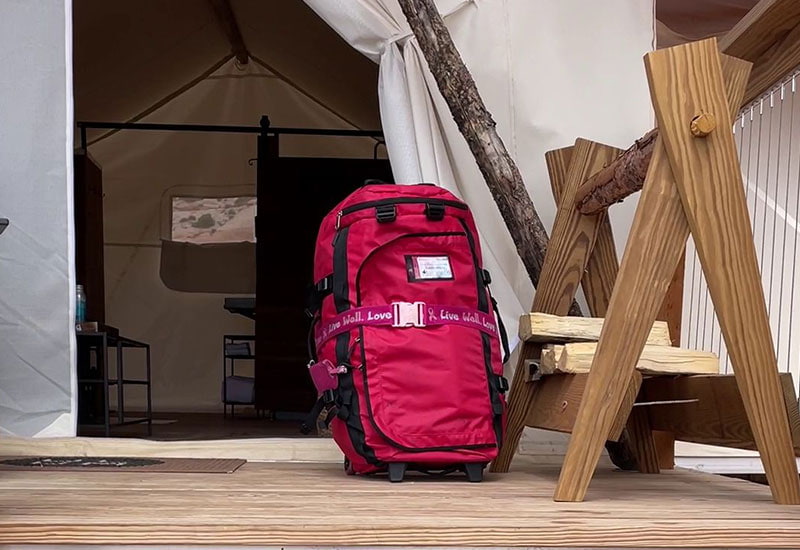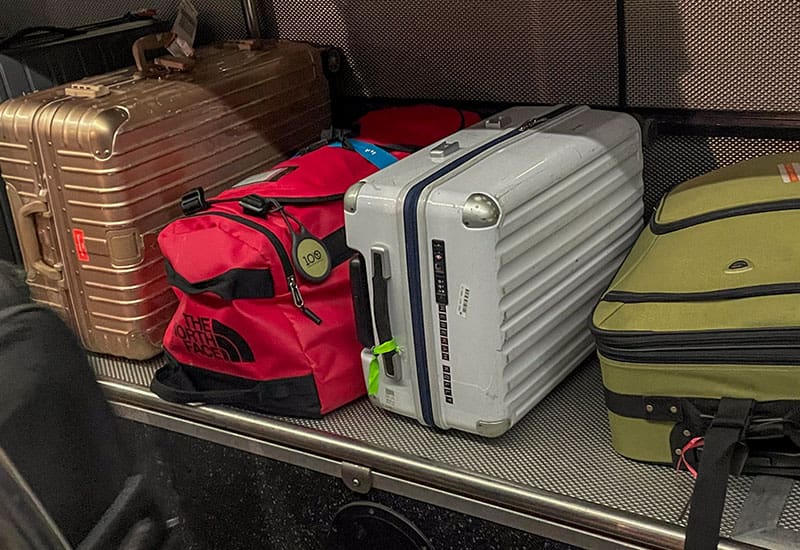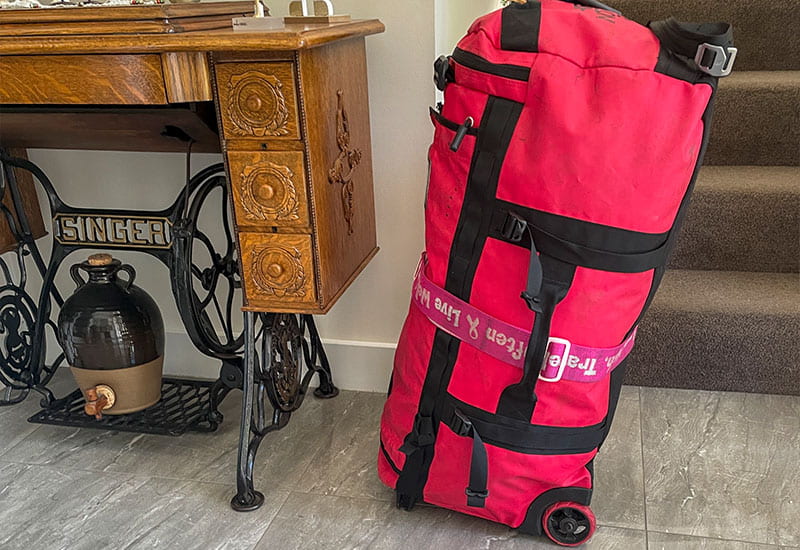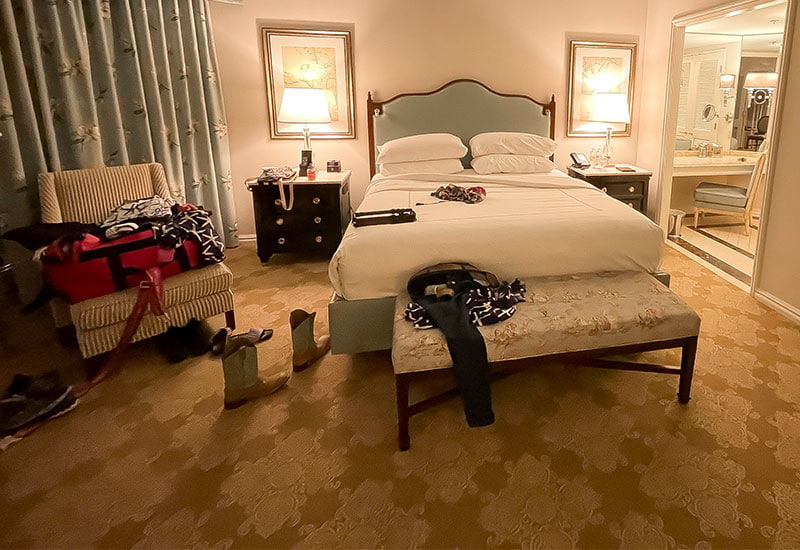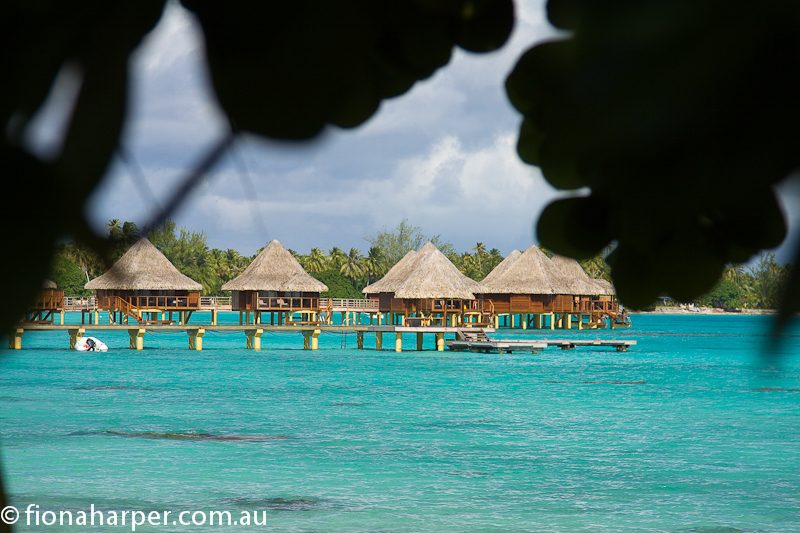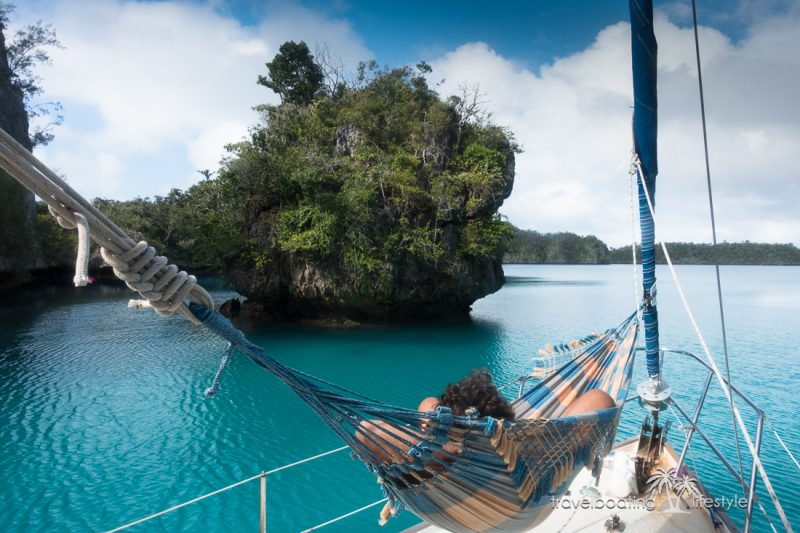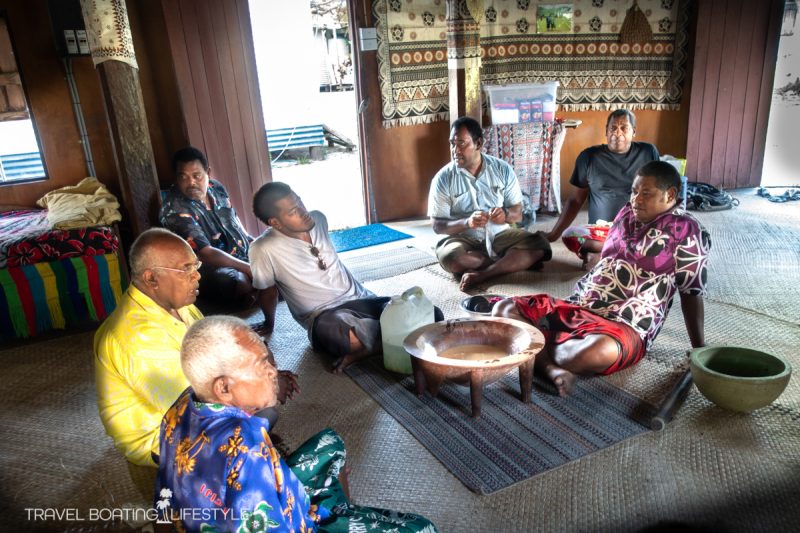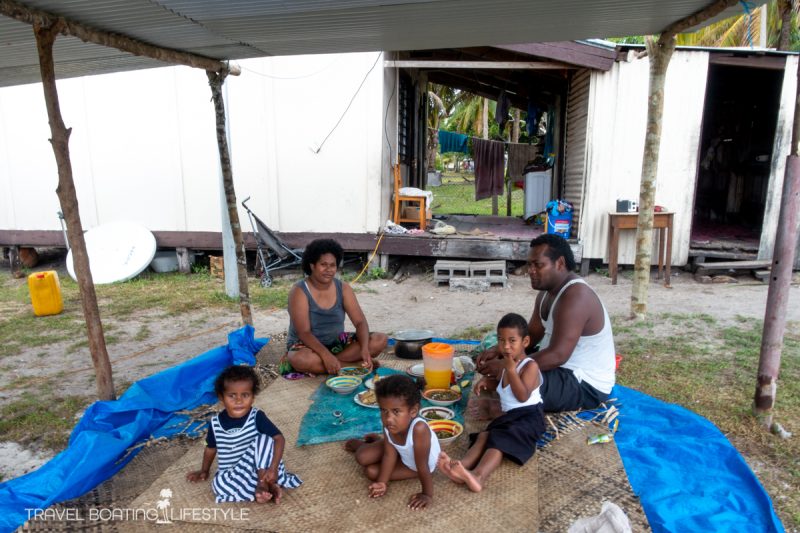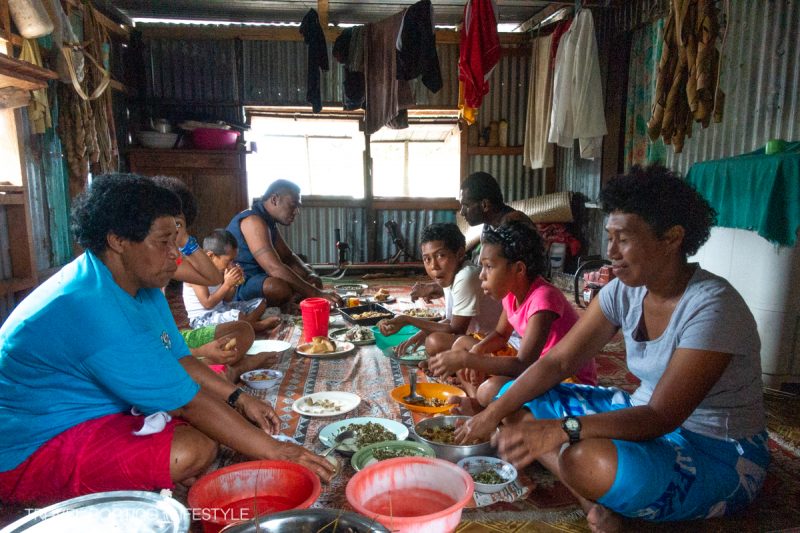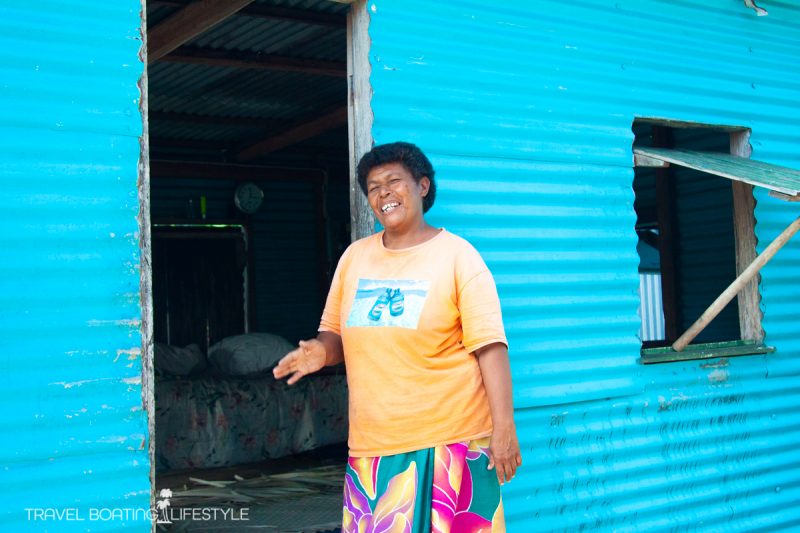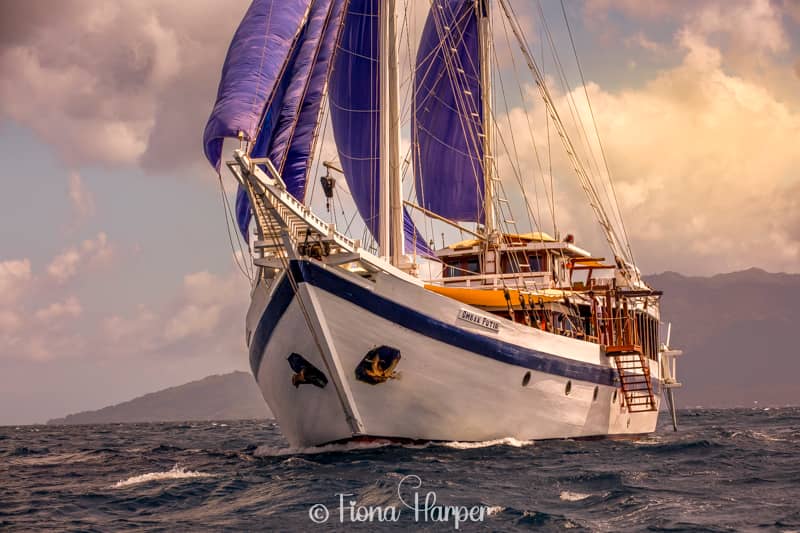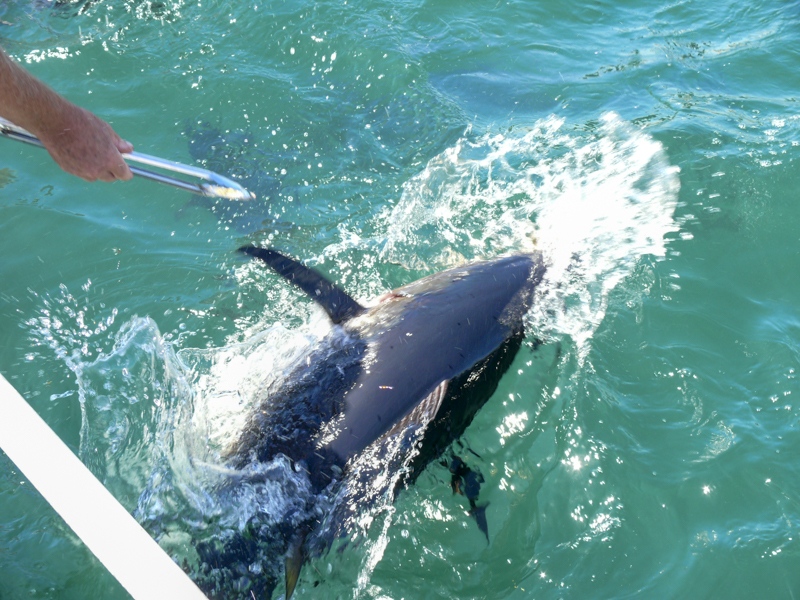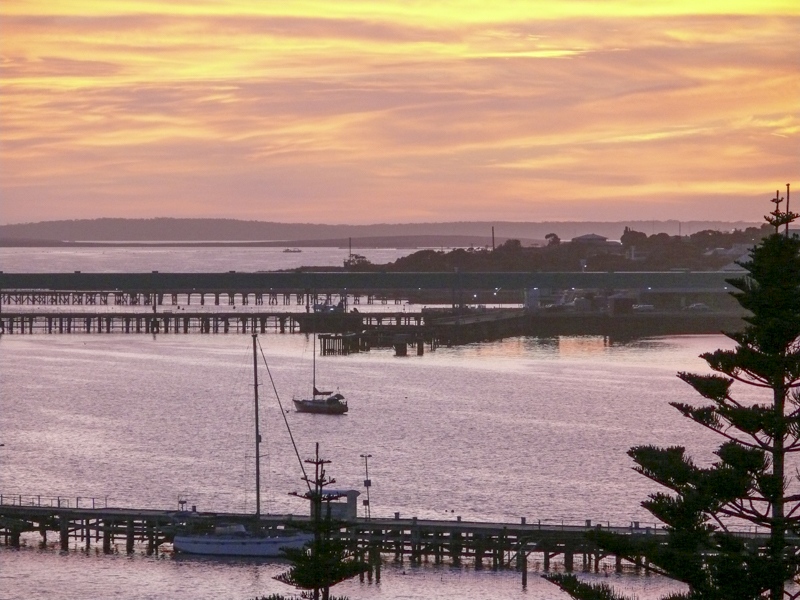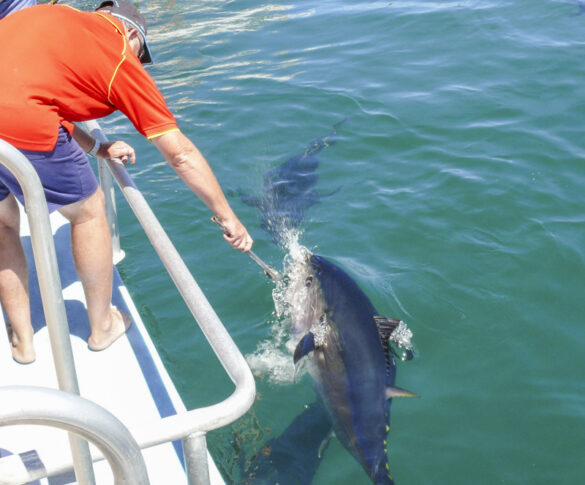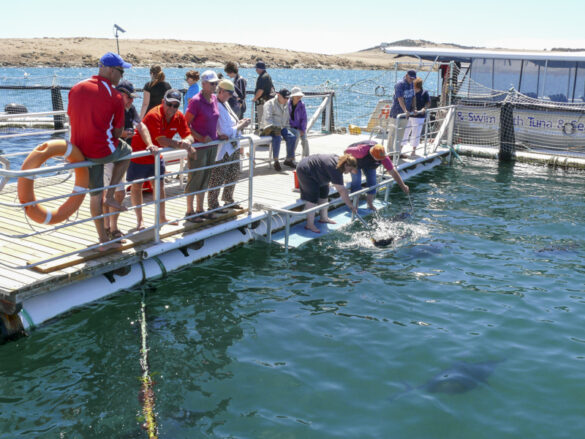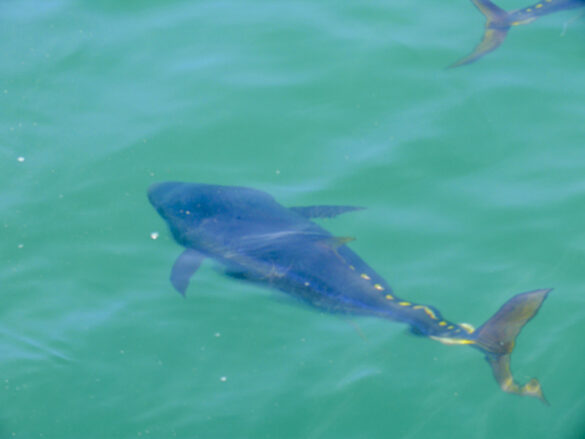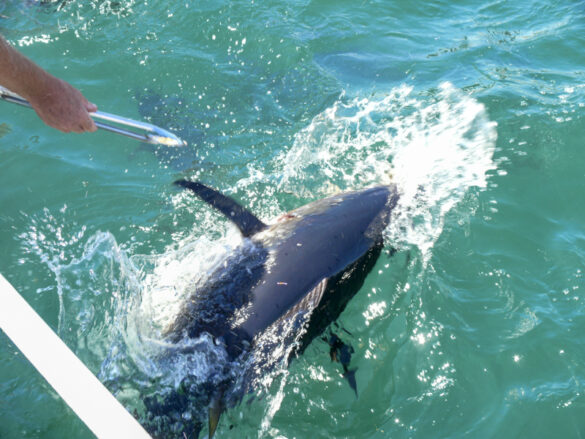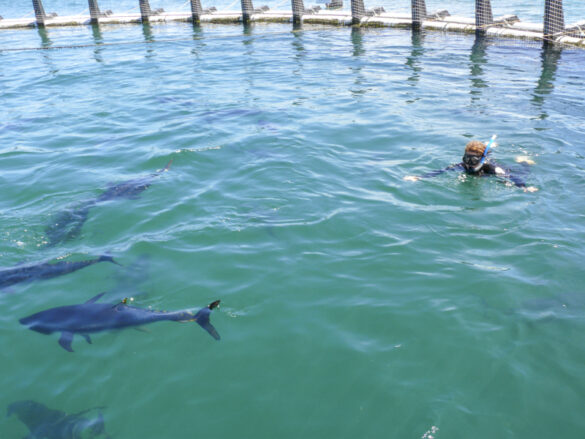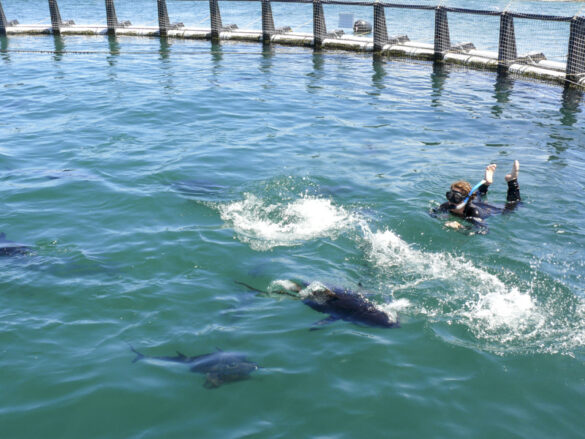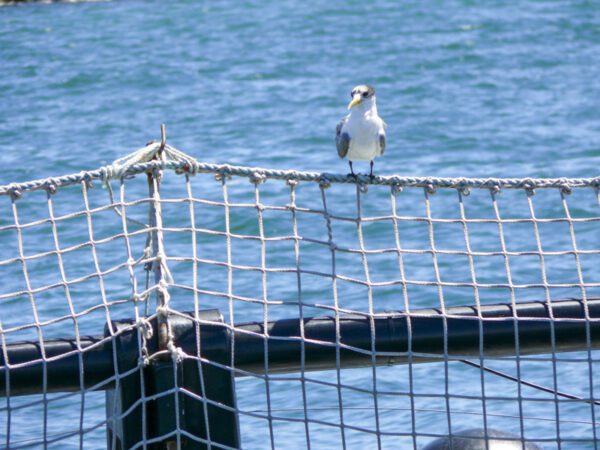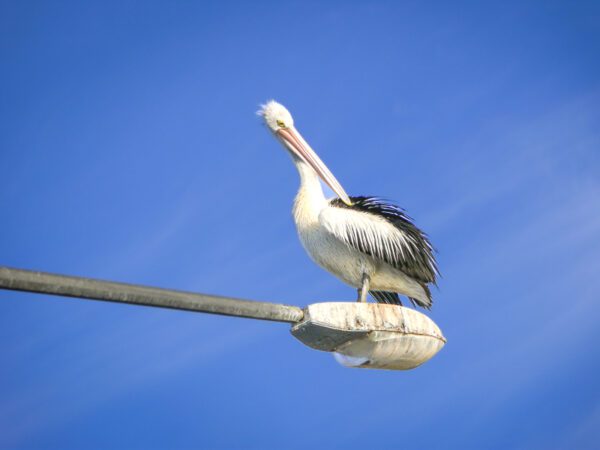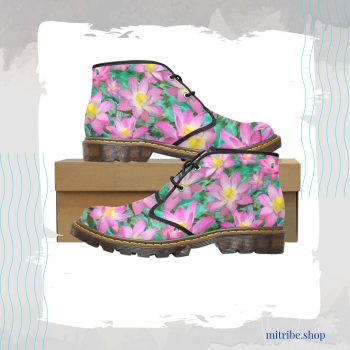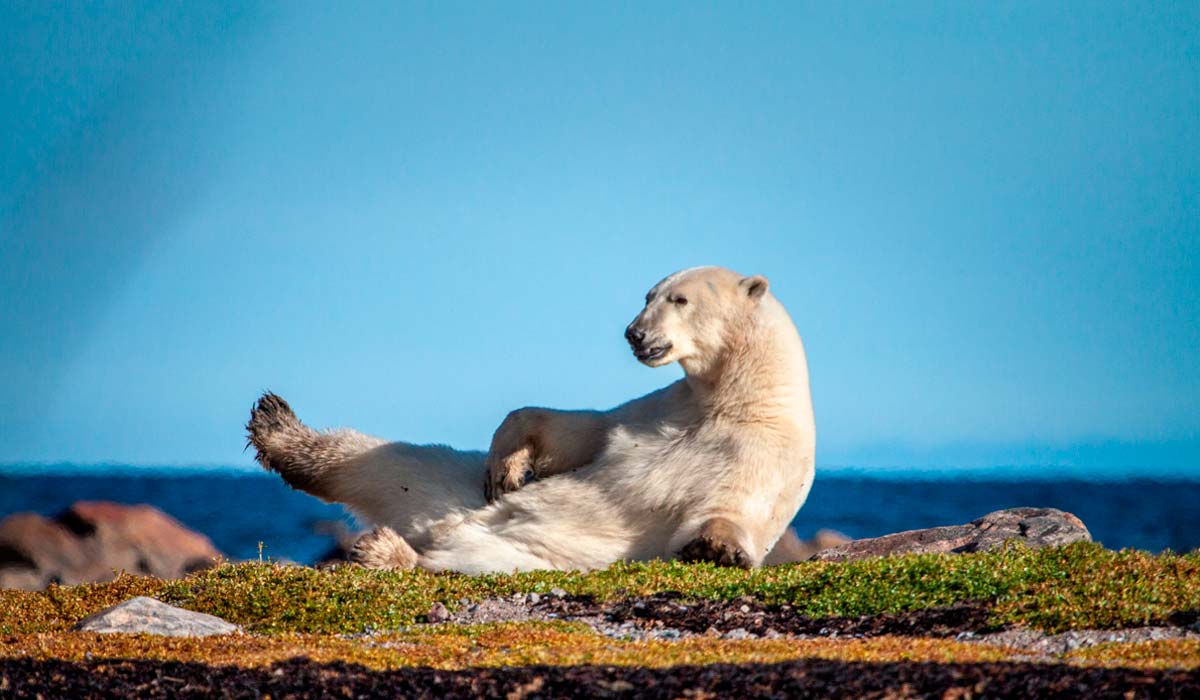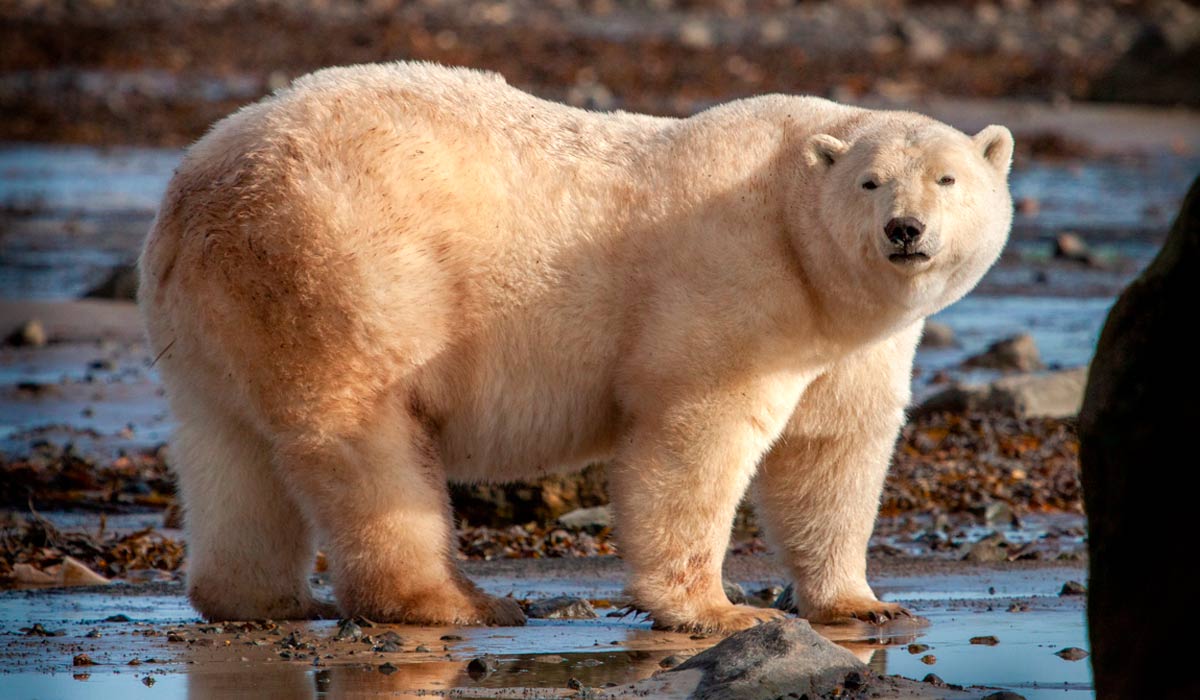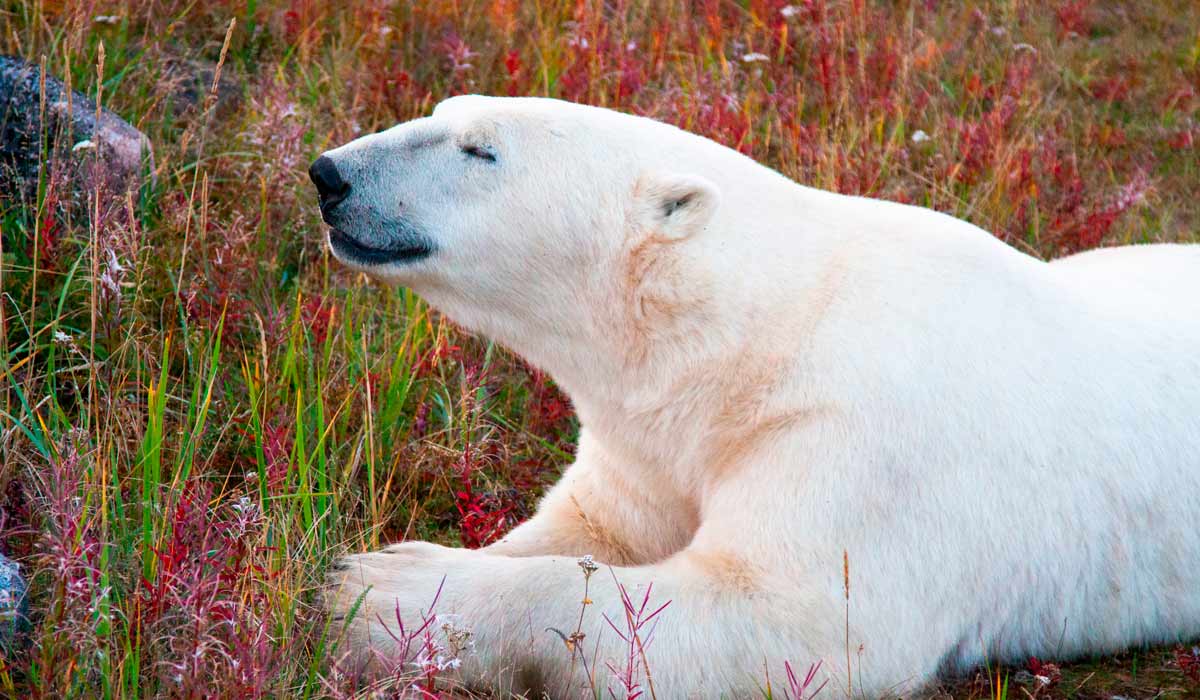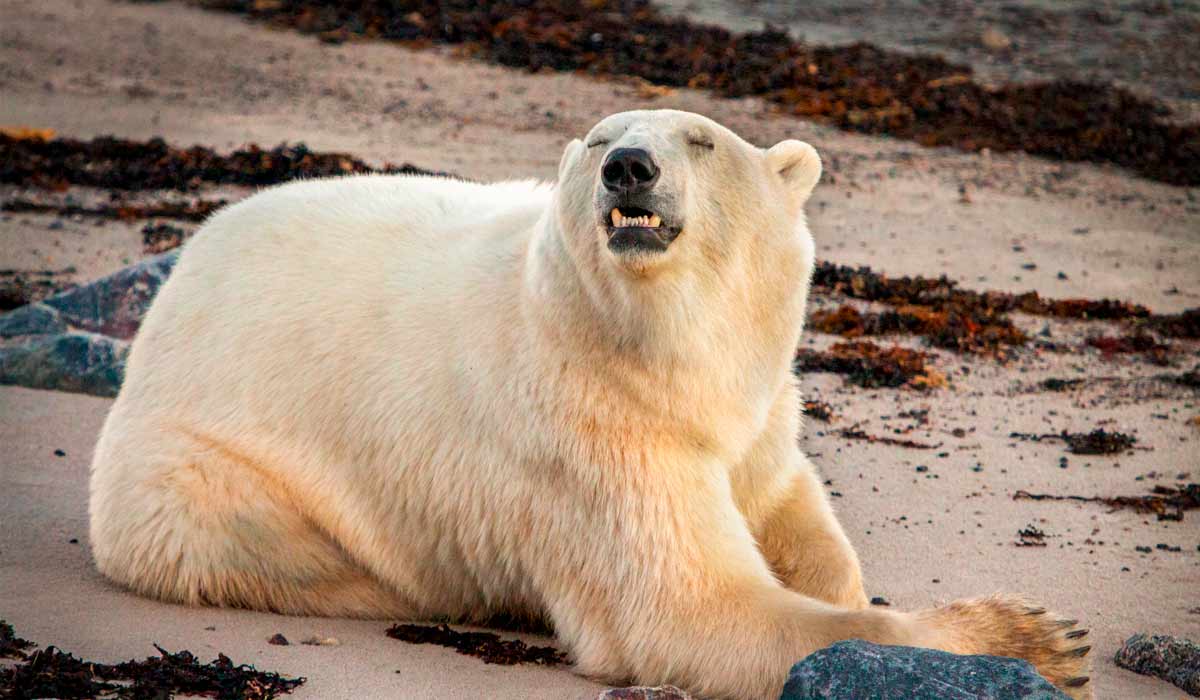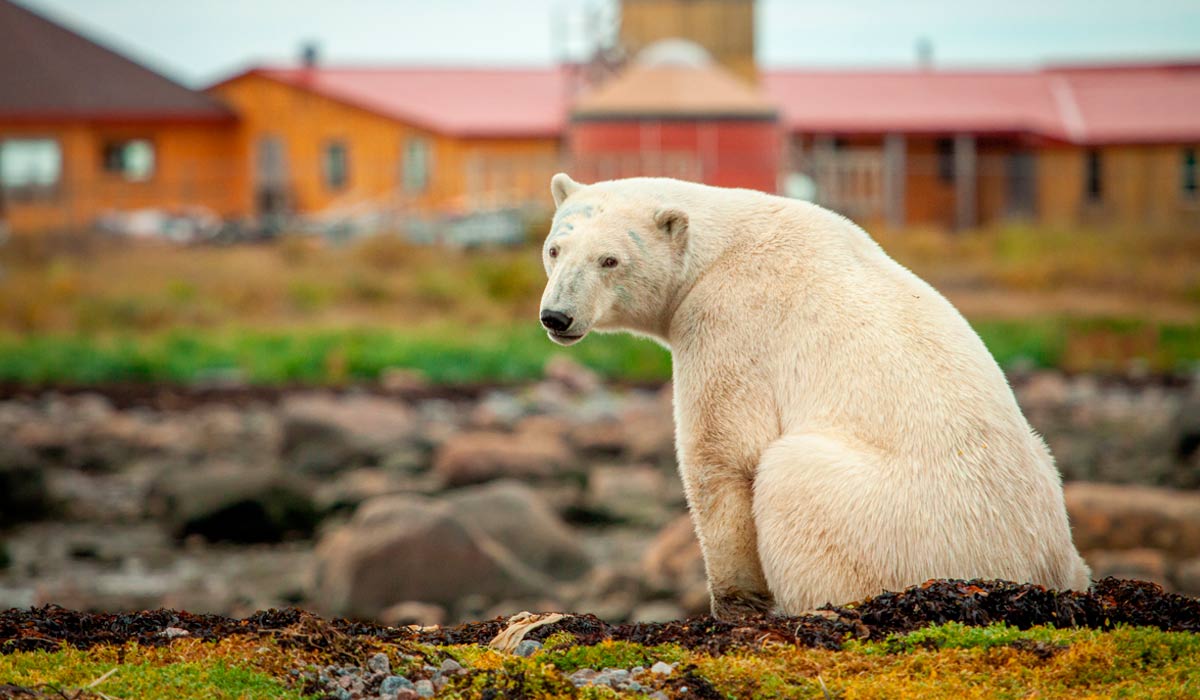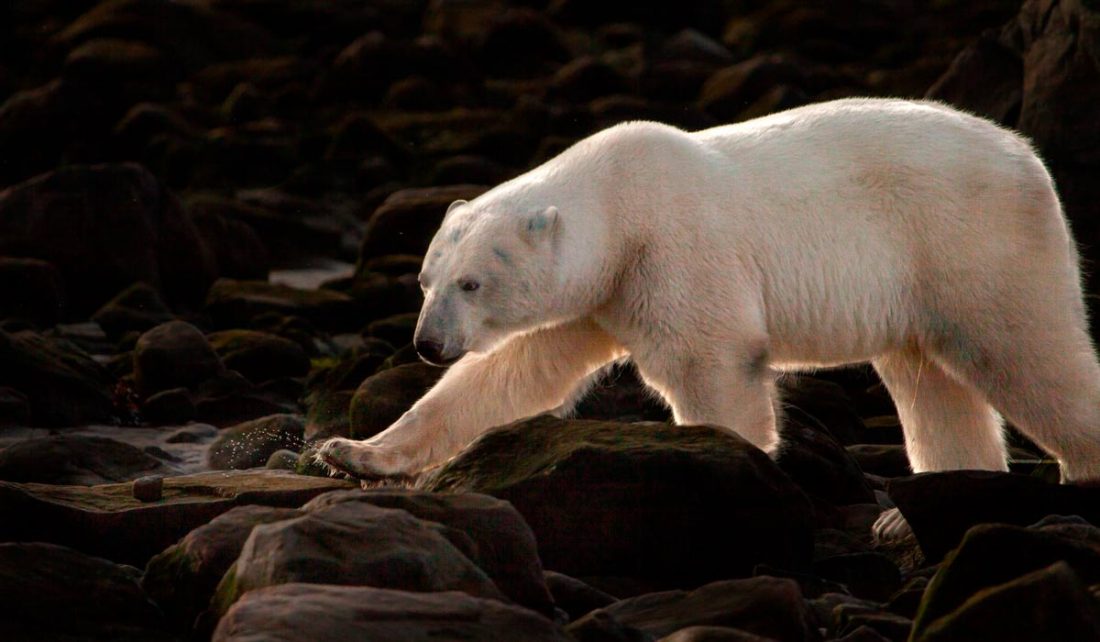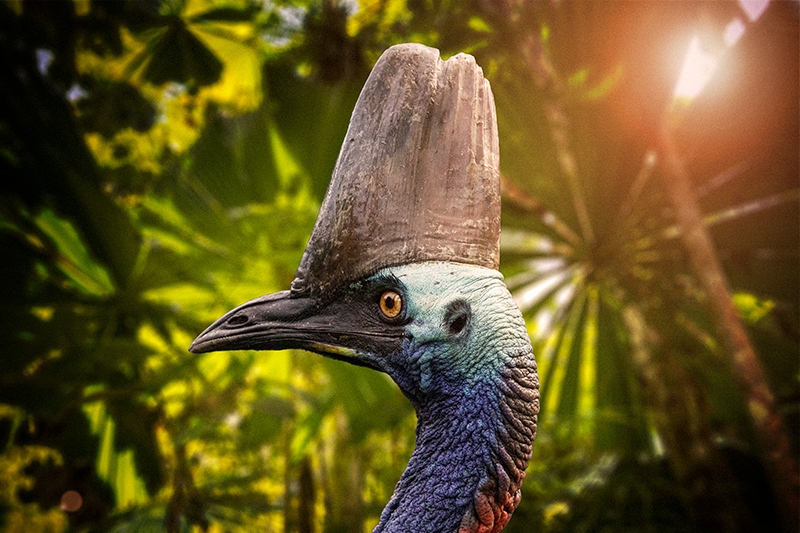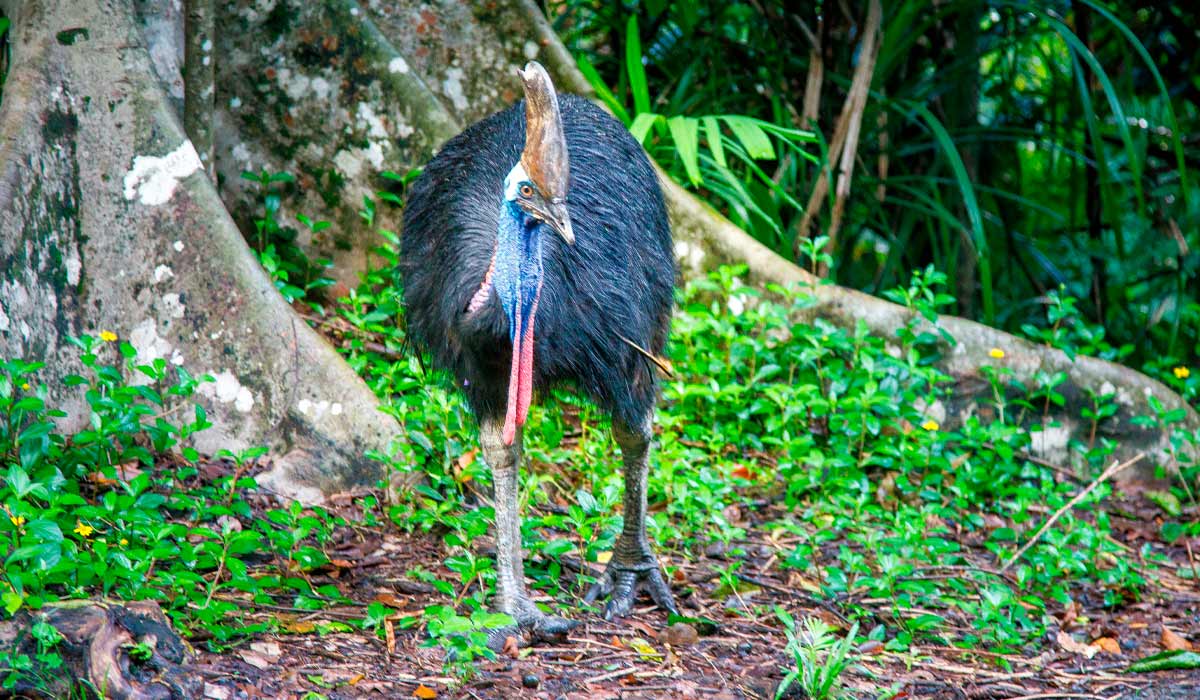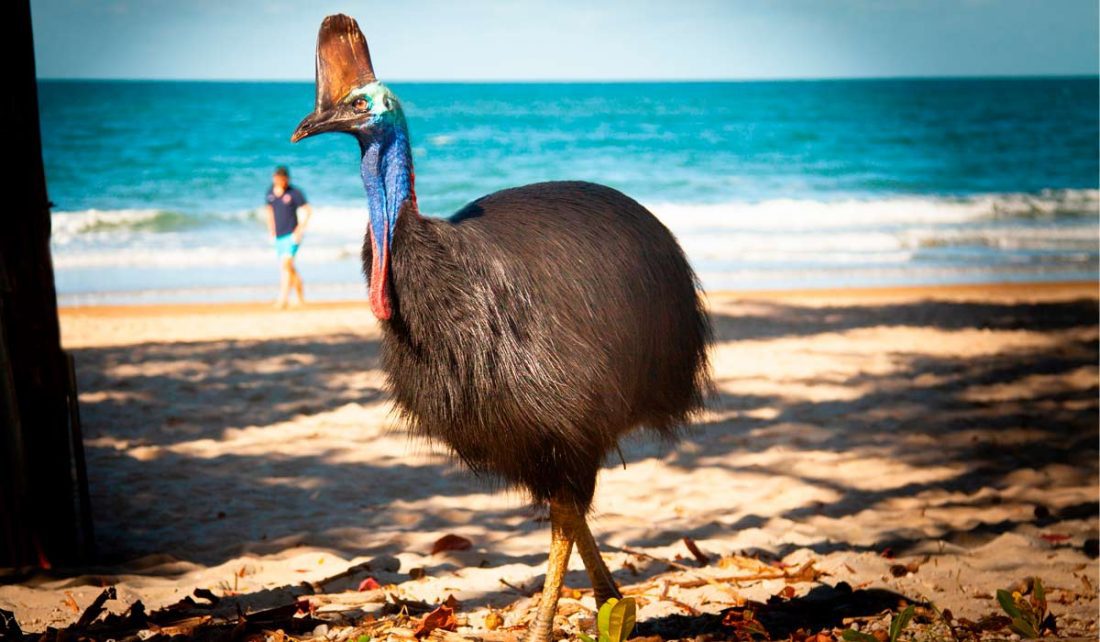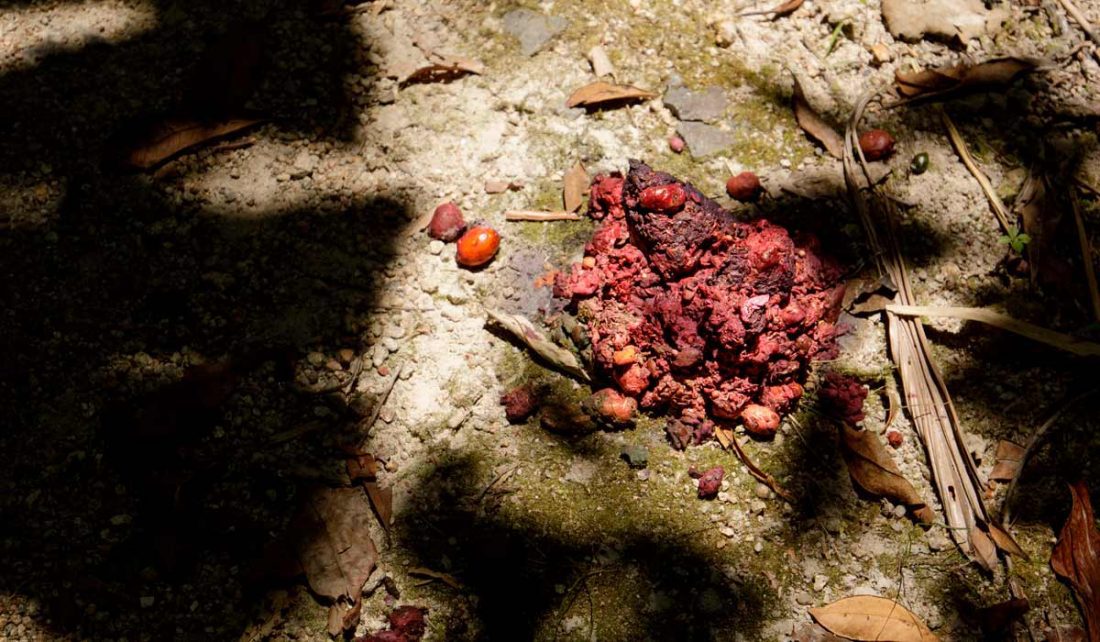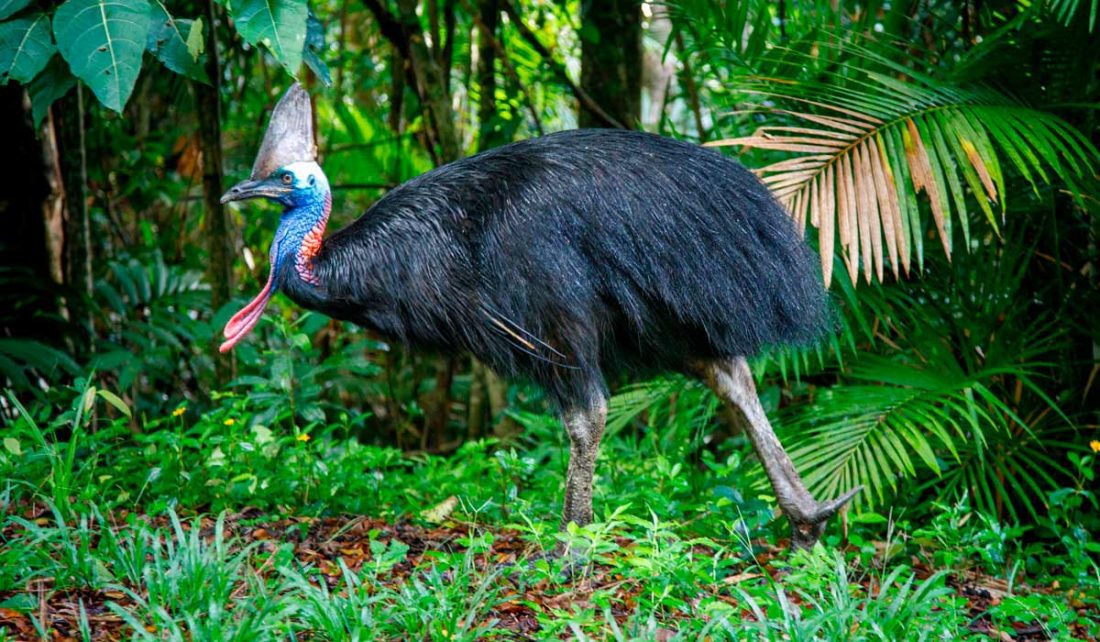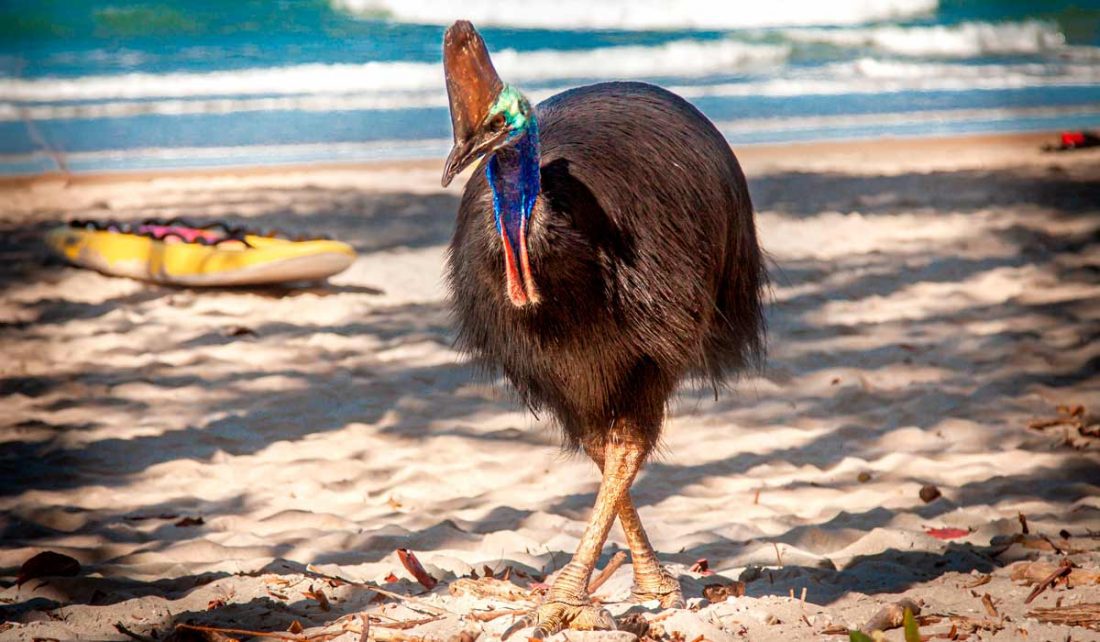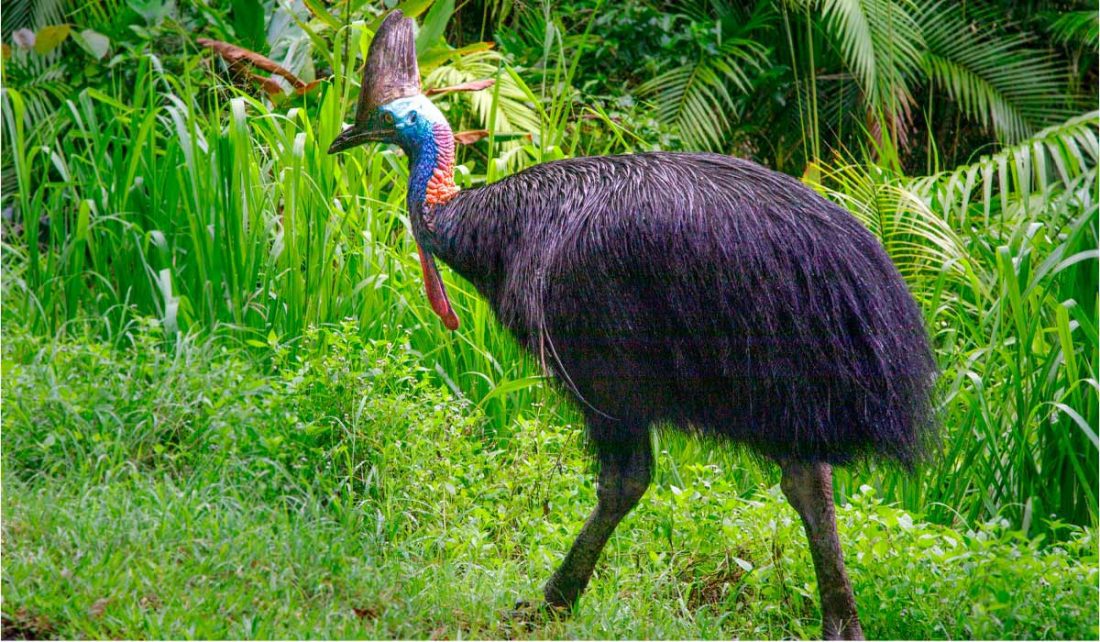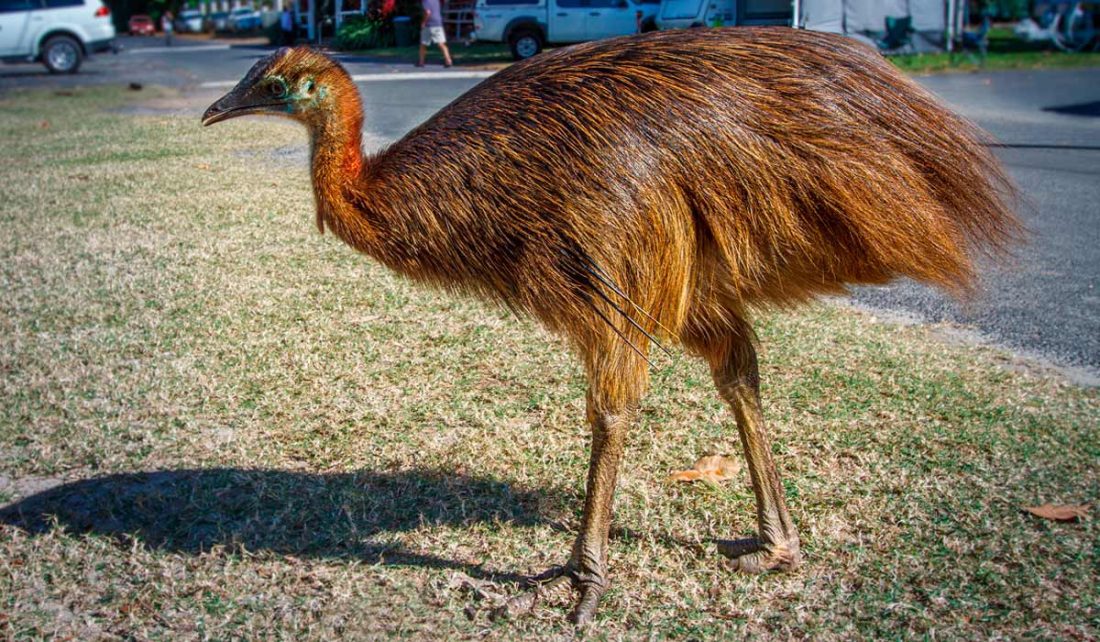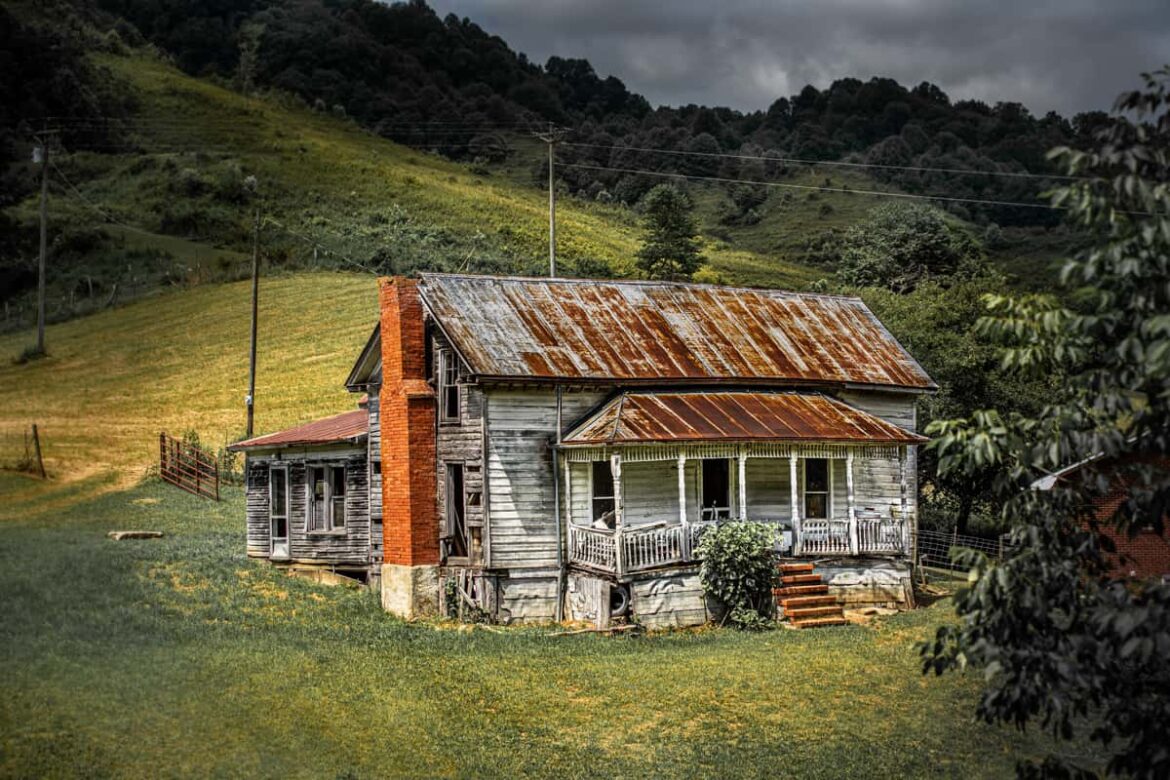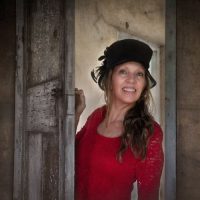[vc_row][vc_column][penci_container][penci_column width=”11″][vc_custom_heading text=”Fiji’s best nature-based activities” font_container=”tag:h1|font_size:42|text_align:center|color:%233a3a3a|line_height:1.2″ google_fonts=”font_family:Playfair%20Display%3Aregular%2Citalic%2C700%2C700italic%2C900%2C900italic|font_style:400%20regular%3A400%3Anormal” css=”.vc_custom_1635977598878{padding-right: 50px !important;padding-bottom: 15px !important;padding-left: 50px !important;}”][vc_separator color=”custom” border_width=”3″ el_width=”10″ accent_color=”#d89145″][vc_column_text css=”.vc_custom_1635978228655{padding-right: 50px !important;padding-left: 50px !important;}”]When serial adventurer and author Paul Theroux lobbed into Fiji while paddling the Pacific he observed in The Happy Isles of Oceania that ‘loud laughter was the Fijian way of conveying the bad news that something was impossible.’ It’s hard to imagine good-natured Fijians being disagreeable. Along with their trademark ‘Bula’ greeting, Fijians are known for warm hospitality – wide-mouthed smiles that invariably precede laughter.
Their easy going nature almost guarantees that a Fiji holiday is going to be good fun. Toss in an island archipelago with an abundance of natural beauty and Fiji’s heart and you’ve found Fiji’s heart and soul. Here’s our top picks for getting your nature fix in a tropical paradise.
Hike to the Wailing Rock & send a message on the coconut telegraph
Long before mobile phones dominated our lives, Fijian warriors were using nature’s own coconut telegraph to communicate. Using a hollow wooden log Tui Lawa elders would strike a wailing rock called Vatu Tagi, much like a drum and which has a distinct ringing sound, to send messages during times of war. The sound would reverberate around Malolo Island, informing elders to convene for a chiefly meeting.
There’s a Fijian saying that translates to ‘Malolo is where the sun comes to rest’ based on a belief that it appeared that the sun was resting as it set behind Malolo Island. The wailing rock is located on a large rocky outcrop high atop the summit of Malolo and is accessed via a narrow track. The hike is popular as a pre-breakfast appetiser or at dusk to witness the sun rest upon the Pacific Ocean.
Get there from Malolo Island Resort
Celebrate an ancient turtle calling ceremony
Villagers at Namuana Village on Kadavu Island perform an emotional sacred turtle calling ceremony high on a headland above Udelevu beach. Legend has it that a princess and her daughter were out fishing when they were captured by warriors and tossed into the boats’ hold. When a storm threatened to capsize the vessel the women morphed into turtles and escaped.
Today, colourfully dressed women summon their descendants by dancing, chanting and singing to call turtles home. When a turtle surfaces and makes its way shoreward the laughing, singing and chanting reaches fever-pitch as the whole village celebrates the reappearance of their ancestors.
Get there via a Lau Island Cruise with Captain Cook Cruises[/vc_column_text][vc_single_image image=”14913″ img_size=”large” alignment=”center”][vc_column_text css=”.vc_custom_1635978474296{padding-right: 50px !important;padding-left: 50px !important;}”]
Get castaway on an uninhabited island
Tom Hanks along with his bearded bedraggled character Chuck Nolan have a lot to answer for. Ever since he washed up on uninhabited Modriki Island (also known as Monuriki) after a plane crash, travellers have been flocking to the island he was marooned on in the 2000 movie Cast Away. It’s understandable. Beyond the obvious ‘Insta boasting-worthiness’ of the islands serene beauty, a forest clad peak tumbling into a swathe of white sand kissed by an emerald sea are the drawcard. Snorkelling, swimming, beachcombing and daydreaming of an uncomplicated life on a tropical island keep most visitors enthralled.
Get there on a day trip from Likuliku Island Resort.[/vc_column_text][vc_single_image image=”14915″ img_size=”large” alignment=”center” css=”.vc_custom_1635978527711{padding-right: 25px !important;padding-left: 25px !important;}”][vc_column_text css=”.vc_custom_1635978569870{padding-right: 50px !important;padding-left: 50px !important;}”]
Wash away your cares in a therapeutic mud bath
There’s no denying the allure of therapeutic warm spring-fed mud pools at Sabeto Mud Baths. Fed by geothermal spring water from an inland volcano, the outdoor baths have a distinct sulphuric aroma typical of therapeutic pools.
The mud bath ritual is not for the squeamish. Wearing a swimsuit (tip: do not wear white!) visitors step into the warm muddy waters of a small pool as soft mud squishes between their toes. After soaking in tepid waters bathers are then lathered in mud the colour of dark chocolate and the texture of clotted cream. It’s then a matter of standing around in the sun for around 20 minutes while the mud bakes firm and dry. Then it’s back into the pool to wash away the mud before hopping into a much cleaner and larger pool to soak away your cares (and any remaining mud).
Is the mud bath therapeutic? It’s hard to say, but it’s certainly good clean (eventually!) fun. It’s certainly relaxed in true Fijian style.
Get there by private car from Nadi or Lautoka
Hike to waterfalls in the rainforest
There is no better place to cool down from tropical heat than in a fresh water pool fed by a tumbling waterfall. Head to Tavoro Waterfalls in the Bouma National Heritage Park on Taveuni Island where a three-hour hike will take you to three waterfalls. The first swimming hole is a mere ten minutes from the trail head and has a large pool fed by a waterfall plunging about 25 metres. Leave the crowds behind and carry on hiking the forest trail where you’ll come to two more falls and swimming holes. The smallest waterfall has a pretty pool at its base inhabited by fresh water prawns. The trail can get a bit overgrown and slippery so sturdy hiking shoes are a must.
Nearby Lavena Coastal Walk is another splendid hike complete with coastal views, a swing bridge river crossing, and a waterfall reached by a short swim-through a grotto.
Get there from the Taveuni coastal road[/vc_column_text][vc_single_image image=”14914″ img_size=”large” alignment=”center” css=”.vc_custom_1635978357549{padding-right: 25px !important;padding-left: 25px !important;}”][/penci_column][/penci_container][vc_row_inner][vc_column_inner]
Lonely Planet inspires slow travel with new guidebooks
Why settle for a boring hotel room when you can check into one of the world’s best overwater bungalows? For a self-confessed water baby who’s partial to romantic tropical getaways, if given the choice I’ll always choose a room with a water view, water side location or, best of all, over the water with direct ocean ocean access from an overwater bungalow. Here are some of the best overwater bungalows from around the globe.
Likuliku Lagoon Resort | Fiji
Fiji has cornered the South Pacific market when it comes to idyllic beachfront hotels but there are only two resorts in the entire country that has overwater bures (Marriot Momi Bay opened in 2018). Islands magazine rates Likuliku Lagoon Resort at No. 3 in their Top 10 Most Romantic Resorts globally in part because of their stunning overwater offering. We rate Likuliku as one of our favourites too. Teetering atop the reef at the northern headland of a crescent shaped cove, 10 bungalows are styled on a traditional Fijian village. A luxurious adults only retreat, Likuliku means calm water and perfectly describes its Yasawa Islands location.
Glass panels in the floor as well as the bathroom vanity top bring the ocean indoors providing a sort of personal ‘marinelife TV’. Timber decks with sun lounges, outdoor showers and ladders into the sea allow full immersion for water babies.
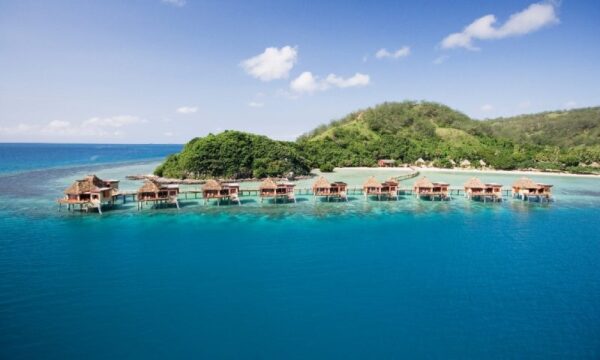
Sofitel Bora Bora Private Island | Tahiti
Bora Bora is well known for it’s ridiculously turquoise seas bathed in a balmy tropical warmth. But this island archipelago is also famous for a proliferation of hotels perched above the sheltered water of ocean lagoons. Few are as plush as those found on the lush private island known as Motu Piti U u Uta. Arrive in James Bond speedboat style, zipping across the lagoon after touching down at Bora Bora Airport. Once ensconced in your Island Luxury Overwater Bungalow, enjoy views of the craggy peaks of Mt Otemanu. That is if you can drag your eyes away from the mesmerising ocean vista that dominates the foreground.
Naturally, elegant French-based Sofitel luxury hotel brand is at their most stylish in French Polynesia. Expect understated perfection. Accor’s sustainable development Planet 21 program includes such practises as serving non-endangered seafood and sourcing local produce in the restaurant and capturing that Tahitian sun to heat bungalow showers.
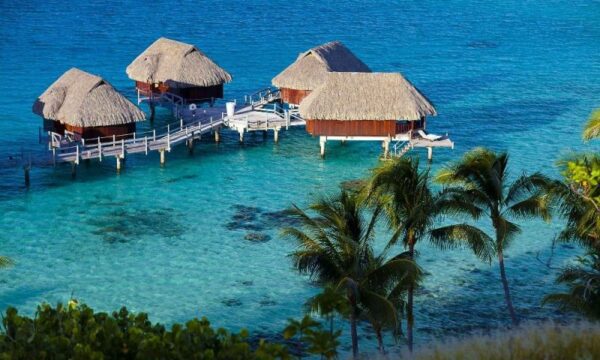
Royal Huahine Resort | Tahiti
While we’re talking Tahiti, Royal Huahine Resort is worthy of inclusion in our Best Overwater Bungalows feature simply because these Tahitian overwater bungalows are not located at Bora Bora. Not that there is anything wrong with Bora Bora, quite the opposite in fact. But it’s good to have options beyond the mainstream popular choices, right? Making few red carpet appearances for the paparazzi, Huahine Island gets a gong thanks to its far-flung location on the ‘Isle of Gardens’.
Moderately priced, small and intimate, Royal Huahine is for those who like to indulge in nature and can get by without an endless menu of scheduled activities or tours. Just eleven overwater bungalows face west to capture the sun setting over the watery horizon. Shaded sun decks and a swim platform at sea level make it easy for diving into the deep blue sea.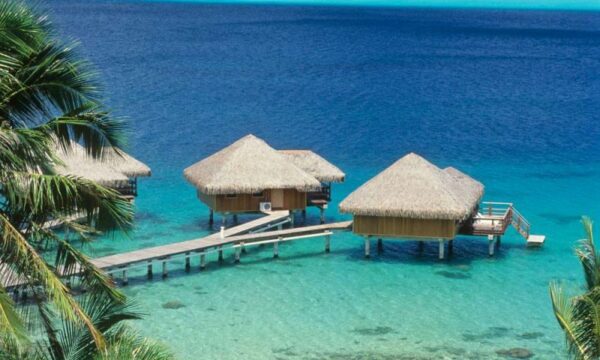
Warwick Le Lagon Resort | Vanuatu
Beautifully located above Erakor Lagoon in the heart of Port Vila, there are just 4 much-sought after overwater villas at Warwick Le Lagon. Unlike more traditional South Pacific overwater complexes that are linked to the land by elevated boardwalks, the villas at Le Lagoon are partially built onshore on a peninsula jutting out into the lagoon. They’re a little like a hotel room with the added advantage of tranquil lapping water viewed from a private patio on the seaward side.
All inclusive meal plans keep things affordable while Ni-Vanutua people rival Fijians for their warmth and friendly hospitality. Don’t miss Port Villa Markets for a fascinating insight into how the locals live, eat and play. Pop into the maze of craft stalls for some souvenirs to take home.
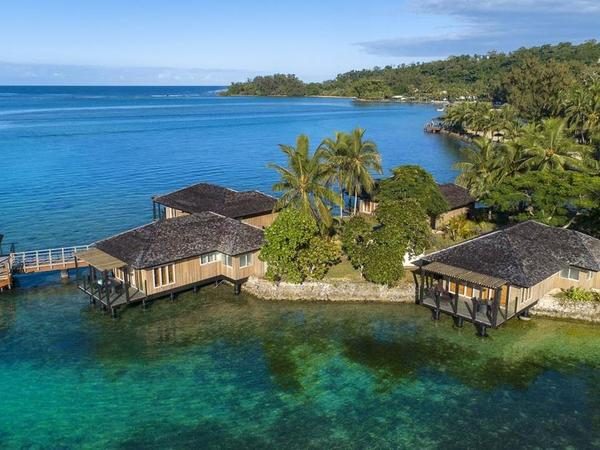
L’Escapade island Resort | New Caledonia
New Caledonia’s only overwater bungalows can be found at L’Escapade Island Resort, a short boat ride from downtown Noumea. 25 overwater bungalows are spacious, styled on functionality rather than luxury while being well appointed. Wide staircase-like steps to reach the sea where it’s likely you’ll see turtles foraging in the shallows.
As the resort is located on a private island, activities are limited and dining options outside the resort are non-existent. Go here for far-flung, tranquil relaxation with a French Melanesian cultural style.
Conrad Maldives Rangali Island | Maldives
It would be remiss of us to neglect to mention the Maldives, a country which is undisputed leader in overwater accommodation. The problem with the Maldives is where to start, with over 80 private island resorts, most of which have bungalows tottering above the sea. Some, like Conrad Maldives Rangali Island offer extreme indulgence. Like a 24 hour Butler service, glass floors, outdoor spa, private infinity pool and ocean view bathtub for example. How about a circular bed that rotates through 270 degrees to follow the sun as it sinks into an endless Maldivian sea? Sure, why not.
If all that overwater action gets a little too tedious, drop down below sea level for an underwater dining experience at all-glass Ithaa Undersea Restaurant. But Conrad Maldives Rangali Island is not just a pretty face. The resort (which is actually 3 resorts in one) makes regular red carpet appearances, picking up awards for its outstanding accommodation, cuisine and hospitality.
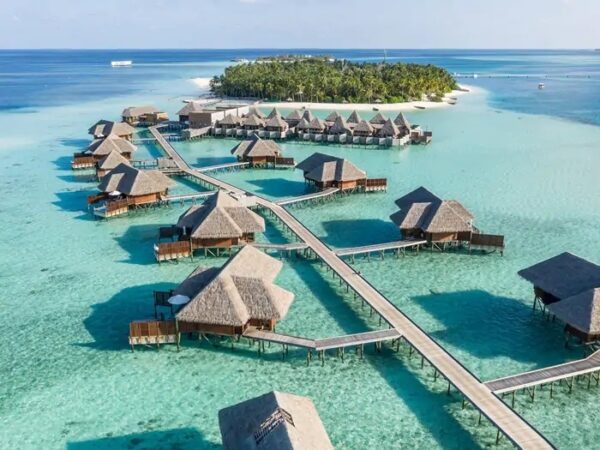
Coconuts Beach Club | Samoa
In Samoa bungalows are called fales (pronounced far-lay) and are usually pretty simple huts consisting of little more than a raised timber platform with thatched roof. Samoan fales are just about always situated on a glorious white-sand beach shaded by coconut palms. Bedding down in a fale much as the locals do, is definitely one of those highly recommended ‘when in Rome’ holiday experiences. The six overwater fales at Coconuts Beach Club on Upulo Island raise the comfort factor significantly.
Walls of glass frame panoramic views from within and are a bonus for those who struggle in tropical heat and like to keep the air-conditioning cranked up yet still enjoy dreamy ocean views. Bathrooms are superb with with opaque ceilings bathing the room in light creating an outdoors feel – slide back the glass doors onto the sundeck and bathe indoors/outdoors while enjoying the salty scent of sea air wafting through.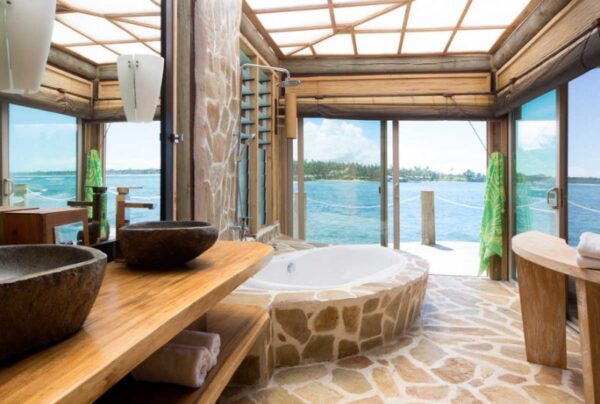
4 Rivers Floating Lodge | Cambodia
Let’s move away from dazzling tropical atolls with overwater bungalows perched atop coral reefs for the moment. In Cambodia 4 Rivers Floating Lodge has an inland location surrounded by virgin jungle. In southern Cambodia at Tatai, 4 Rivers Lodge is not far from the Thai border and is midway between Bangkok and Phnom Penh. The jungle location is serene and green where nature dominates the view while forest walks and wildlife spotting is the main activity.
The 12 Tented villas are reminiscent of African safari game parks and are cleverly connected by floating boardwalks. Canvas walls are broken up with floor to ceiling mesh windows. The cathedral ceiling channels a Big Top circus tent with its lofty central peak. Octagonal shaped overwater tents come with king or twin beds, plush ensuite and a comfy sitting area. The best view in the house is from a sun lounge on the deck where jungle and river views dominate.
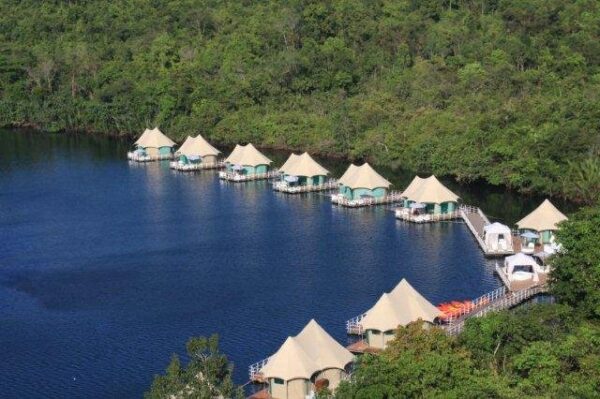
Aitutaki Lagoon Resort and Spa Cook Islands
Dreamy Cook Islands brochures were tantalising water babies to its shores long before Instagram became flooded with photos of untouched beaches shaded by palm trees. The Cooks ticks all those essential tropical holiday boxes: white sand, tick. Palm trees, tick. Tranquil lagoon teeming with marinelife, yep. Aitutaki Lagoon takes the gong for the most picturesque atoll on the planet. Throw in overwater bungalows lined with woven pandanus leaves, lofty thatched roofs, outdoor bathrooms on the edge of that lagoon and we’ve found holiday heaven. Warm and friendly Polynesian culture who open their ample arms to embrace visitors will ensure you never want to leave.
Avani Sepang Gold Coast Resort | Malaysia
Less than one hour’s drive from Kuala International Airport lies a little Malaysian secret getaway that feels a million miles away from the big city bustle. Admittedly, with 300 Polynesian-inspired overwater villas, the word is definitely out about this little piece of tropical paradise. No matter, it’s pretty easy to imagine you are the only resident once ensconced on a sun lounge bathed in a golden late afternoon glow, G&T in hand as the sun sinks below the horizon.
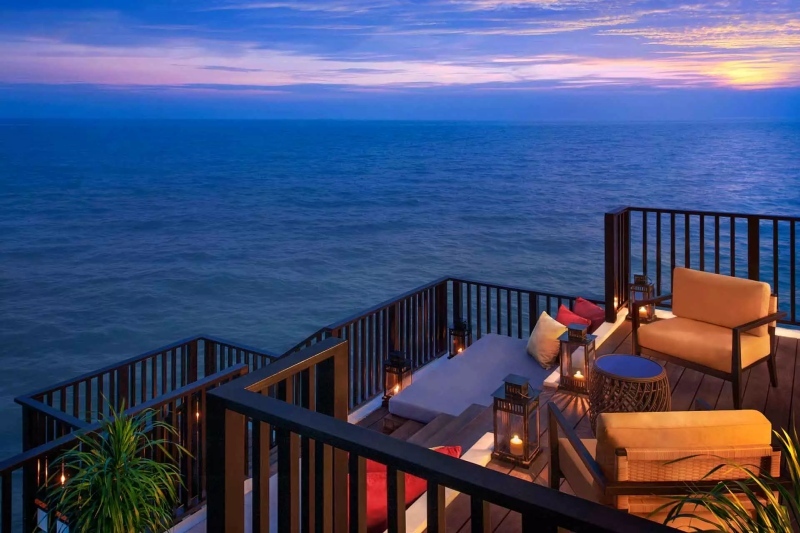
Have you stayed in an overwater bungalow? Would you like to? Tell us about your favourite overwater hotel in the comments below!
Fulaga Island – portrait of a timeless South Pacific village in Fiji
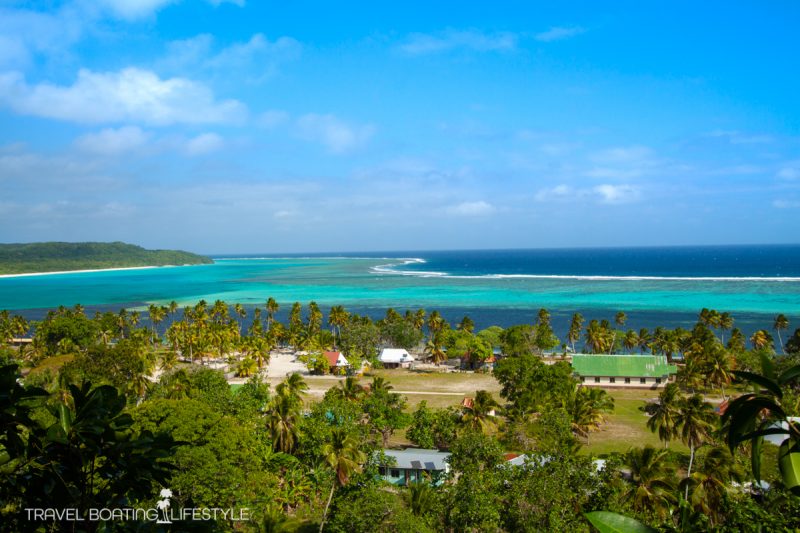
Muana-i-cake Village on Fulaga Island
Go beyond the South Pacific cliche of palm trees and beaches to meet the people of Muana-i-cake village (pronounced Mon-a-tha-key), a village of around 100 residents on Fulaga (pronounced Foo-lang-ah) Island (also spelt Vulaga Island) in Fiji’s remote Southern Lau Group. Fulaga Island is about as far east in Fiji as you can without sailing into International Waters.
With little outside influence, villagers live much as their ancestors did, fishing and farming to support each other, heavily influenced by traditional values. Sharing of skills and resources underpins a strong community spirit which benefits residents of three villages on Vulaga Island.
Men and women practice traditional crafts like weaving, carving and making magi magi, a rope woven from the fibres of coconut husks that is used to embellish buildings across Fiji. Vulaga Island weavers and carvers are recognised as some of the most skilled in Fiji with their craft works highly sought after.
If you can’t travel to Fulaga to see their crafts you can find some of these exquisite works from Lau artisans for sale in Jacks stores in Nadi and Suva.
READ Bay of Islands – one of the world’s best anchorages
Fulaga Village welcome by Chief Mika
“I am Mika Colati from Muana-i-cake village of the Vunikoro clan, Acting Chief of Vulaga Island in the Southern Lau Group, Fiji. I welcome you into our village.
I think it is a good idea to collect the stories from us, so everybody can look back at what is recorded to help us remember our traditions. I remember our forefathers, our grandfathers and my father and know that solesolevaki* and veiwasei* * is a good idea, we really like how it helps the village… our families can look back and everybody will remember our village.”
* Solesolevaki defines the community spirit which guides villager’s contribution to the overall prosperity of the village by helping each other with farming, building, fishing, family chores, or wherever else help is required.
** Veiwasei describes the generosity of sharing resources and skills between family, clan and village
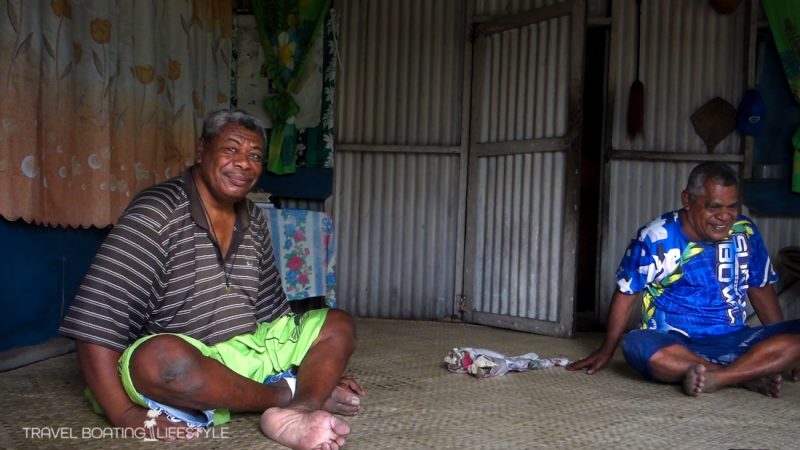
Chief Mica (who sadly passed away in Nov 18) conducts sevusevu ceremony at Fulaga village
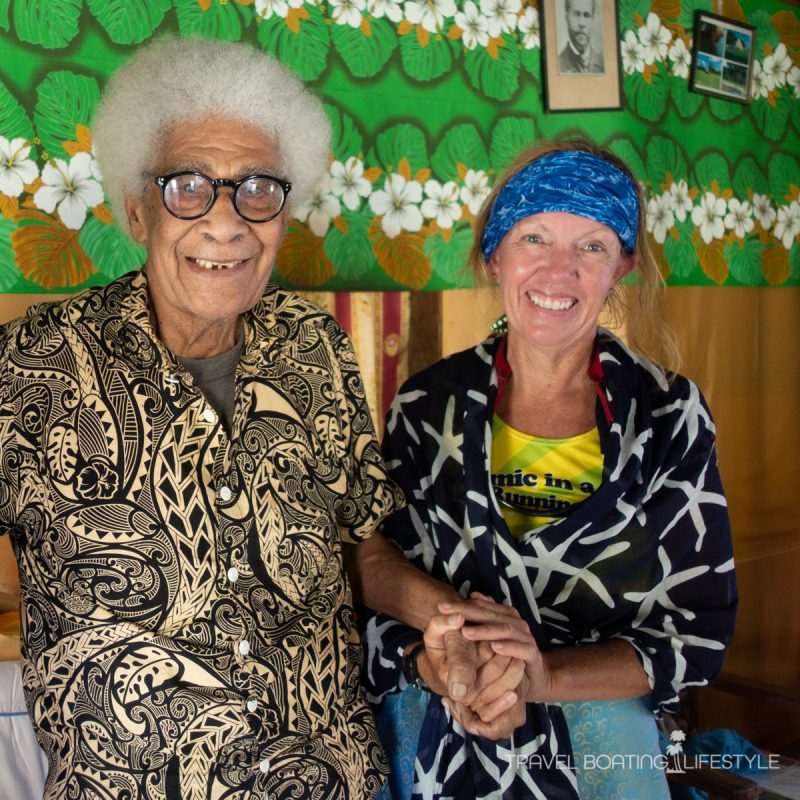
The author Fiona Harper and Chief Bese who sadly passed away some months after this photo was taken
What you should know about Fijian Sevusevu ceremony
Sevusevu is the name given to the gift presented to the village Chief when arriving at a Fijian village. The usual gift is yagona (kava root) or kava powder, and is offered to the Chief as a goodwill gesture to request permission to visit the villages’ traditional land and waterways.
Fiji’s common law decrees that all land belongs to locals and so permission must be sought when visiting. It is customary for visitors to seek permission through the head villager, known as Turaga ni Koro (pronounced too-ranga-koor-oh), to request sevusevu ceremony. To not do so is a sign of disrespect and visitors are considered trespassers if they do not partake in sevusevu.
Village etiquette requires that ladies wear clothing that covers their knees and shoulders, men should wrap a sulu or sarong around their legs and hats and sunglasses should be removed. Taking photographs of sevusevu is usually ok but it’s polite to ask first.
Sevusevu ceremony can be a short casual affair that is over in a few minutes or it can be an elaborate ceremony with the entire village present, and may be the precursor to an extended celebration around the kava bowl that lasts long into the night. It depends entirely on the village and how they choose to conduct sevusevu. The ceremony starts with everyone seated on the floor, the Turaga ni Koro will speak, the Chief will speak, usually in Fijian, then at the end there will be an English translation welcoming visitors into the village.
In Fulaga Island, sevusevu is always a reason for celebration, as it signifies new yacht crews have arrived in the lagoon and will likely be spending time in the village. Sevusevu is an opportunity for host families to welcome new arrivals and show them around the village. If a couple of yachts arrive around the same time, a group sevusevu ceremony will eventuate, the kava bowl is filled and visitors and villagers will likely spend many convivial hours around the kava bowl.[/vc_column_text]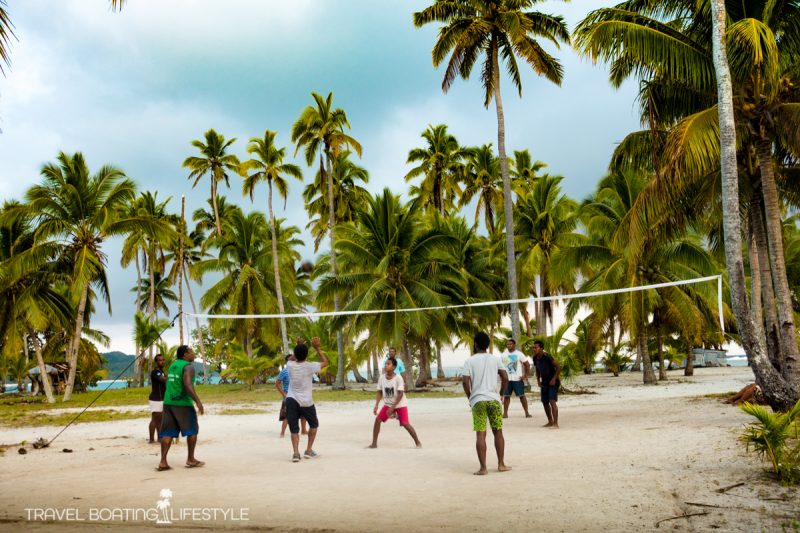
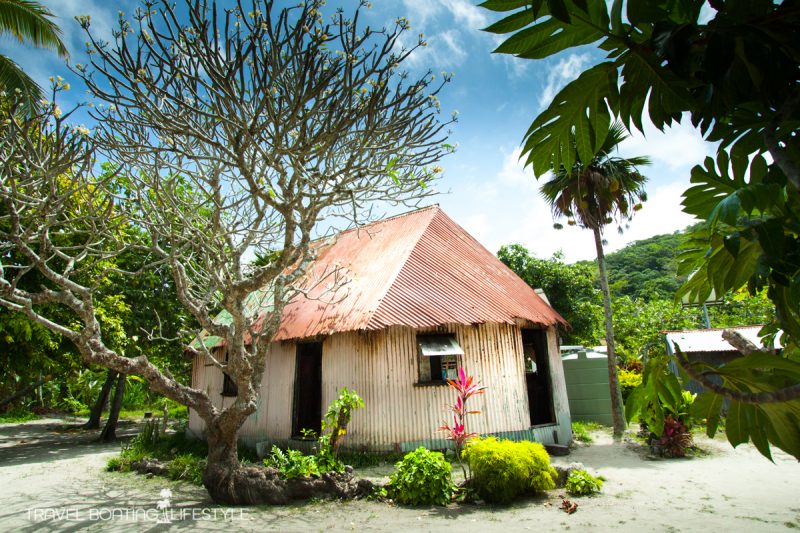
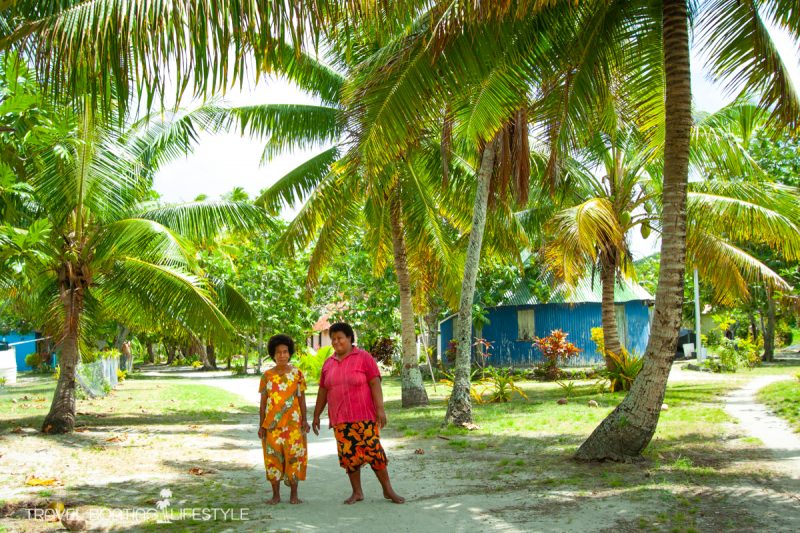
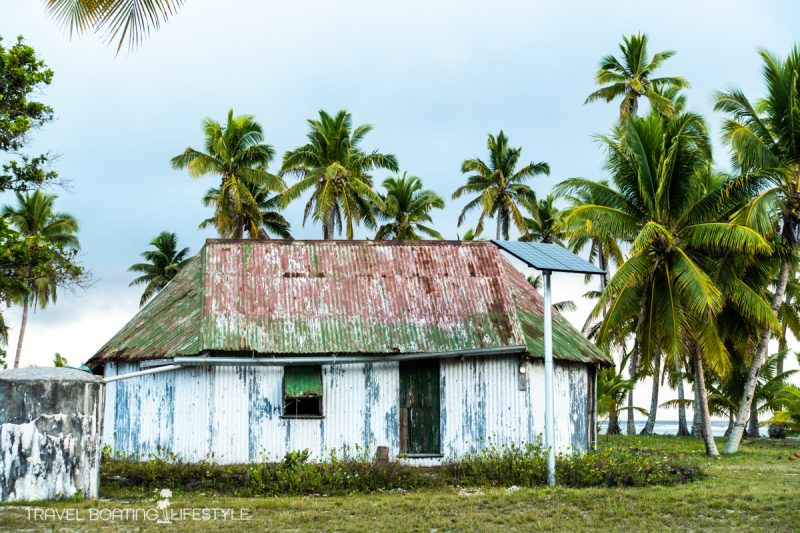
Village Life on Fulaga Island
There are few places in the world where a war of global significance that impacted millions of people can slip by virtually unnoticed. Vulaga, a far-flung weathered limestone island archipelago rising from a picturesque lagoon in the South Pacific Ocean, is one of them.
An elderly island resident Moses says when asked about how village life has changed over the years that in the early 1940’s villagers had no inkling that a world war was raging over their watery horizon. “We didn’t know anything about a war. We had no radio,” he recollects.
Straddling the International Dateline dogleg at longitude 180 degrees, Fulaga Island is home to approx. 400 residents across three villages – Naividamu, Muana-i-rai and Muana-i-cake. Muana-i-cake is the central hub of Fulaga Island and is home to the primary school, nurses station and a hut which serves as the bank and post office.
Residents maintain a subsistence lifestyle, harvesting food from the land and sea to supplement supplies that come by the irregular barge service from Suva.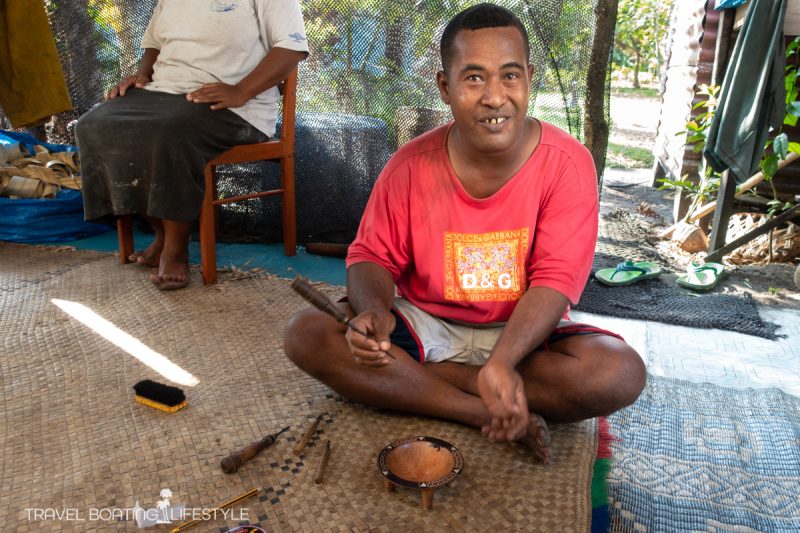
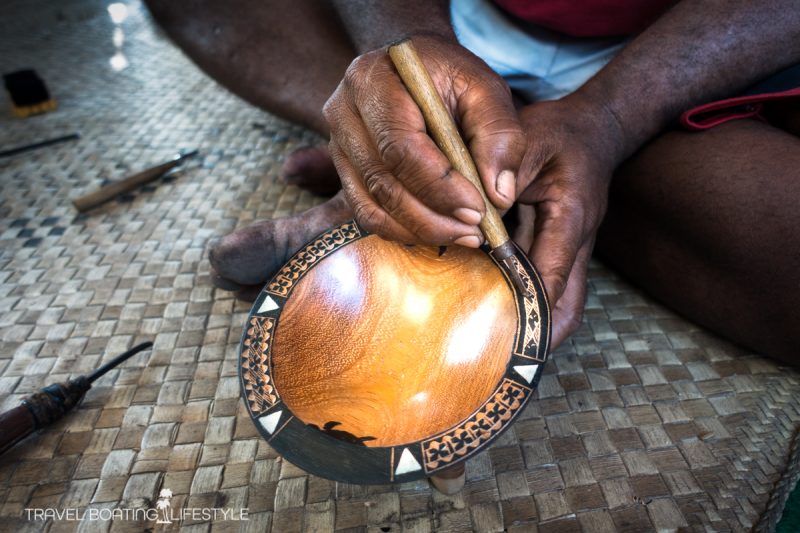
Visiting Fulaga Island
Cruising yachts make up most of the outside visitors to Fulaga, which almost 100 yachts dropping anchor in the lagoon each year. Some crews return year after year so warm is the welcome from villagers. Yachts pay FJD50 to the Chief before being invited to a sevusevu ceremony, the traditional welcome ceremony which grants permission for visitors to access land and sea belonging to the village. READ Boating Guide to Fulaga Island
Families at Muana-i-cake village take turns at hosting the crew of each yacht, inviting crew to become part of village life. The first time I visited Tai was my host, then the next visit Jojo (George) and Ma along with Tai hosted me. Their generous hospitality is almost overwhelming, sharing meals, fresh fruits and fish along with an endearing friendship. This hosting arrangement is not common in Fiji and offers a rare opportunity for visitors to get to know the locals and learn about village life. At Fulaga Island, with little digital connection and far from the high tech mainstream world, daily life is all about connecting with one another and helping family and friends.
On my first to Fulaga I travelled with Captain Cook Cruises, who run approx. three annual cruises to the Lau Group. On this first visited we stayed just long enough to get a tantalising taste of this beautiful island outpost, inspiring me to return. Later, I returned to the Southern Lau Group on a yacht for an extended visit after cruising the Northern Lau, then again last year. The fascination with this remote island remains, not just because of its drop-dead gorgeous island landscape (as important as that is). What really stands out from visiting Fulaga is the warmth and heartfelt welcome by villagers given to visitors.
